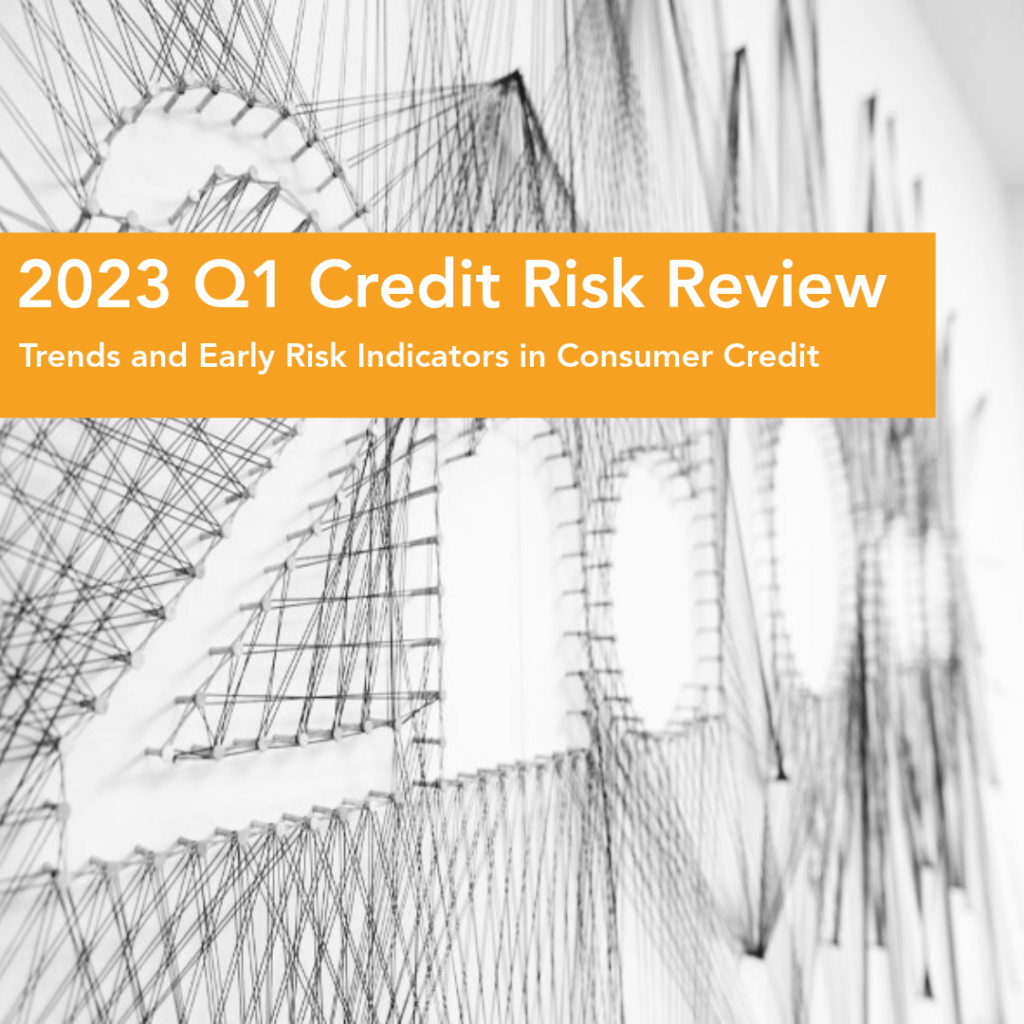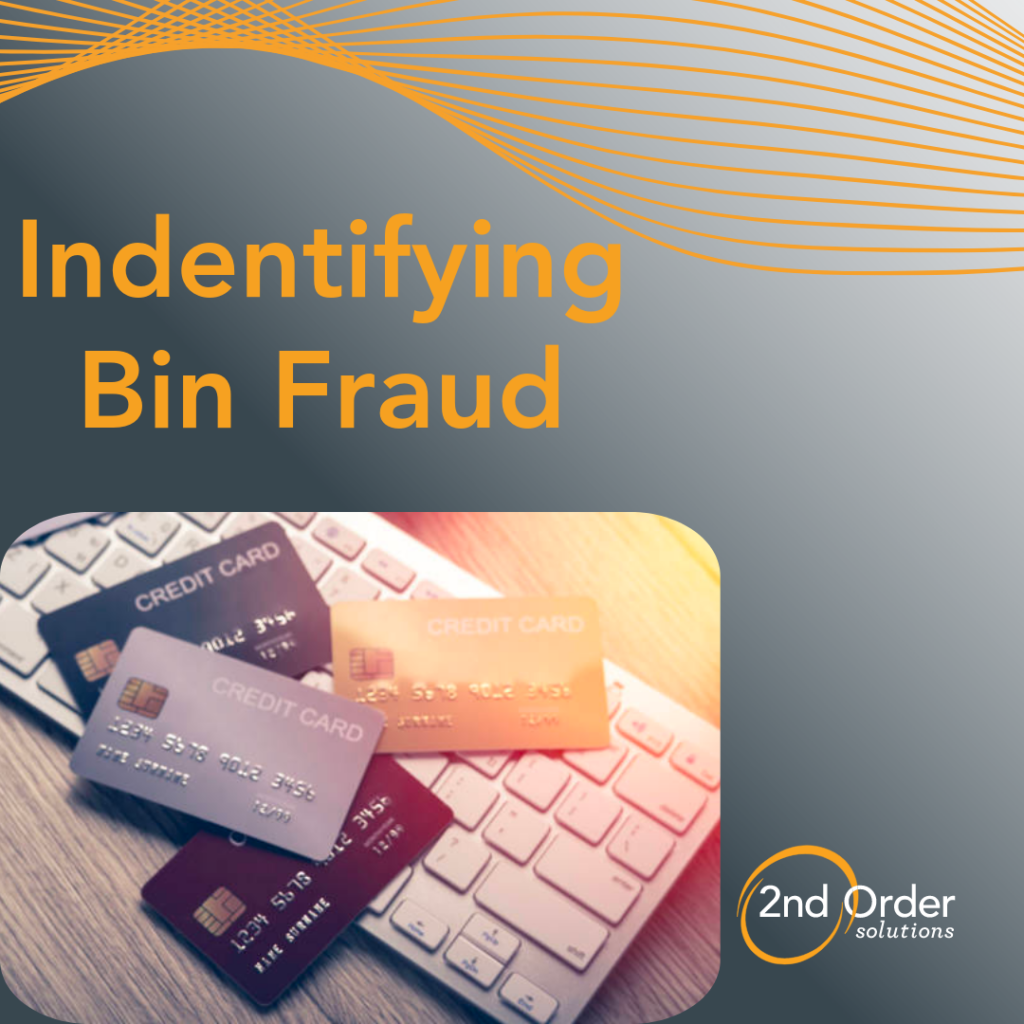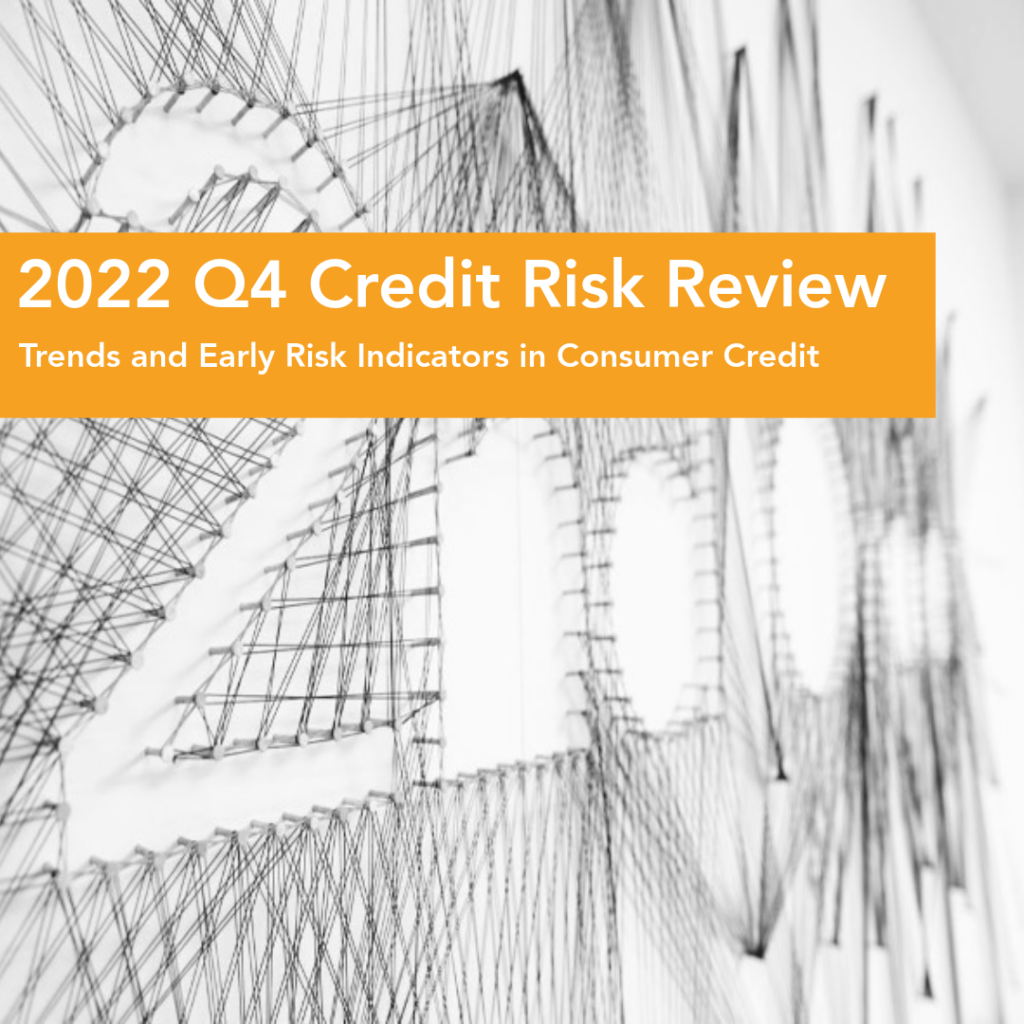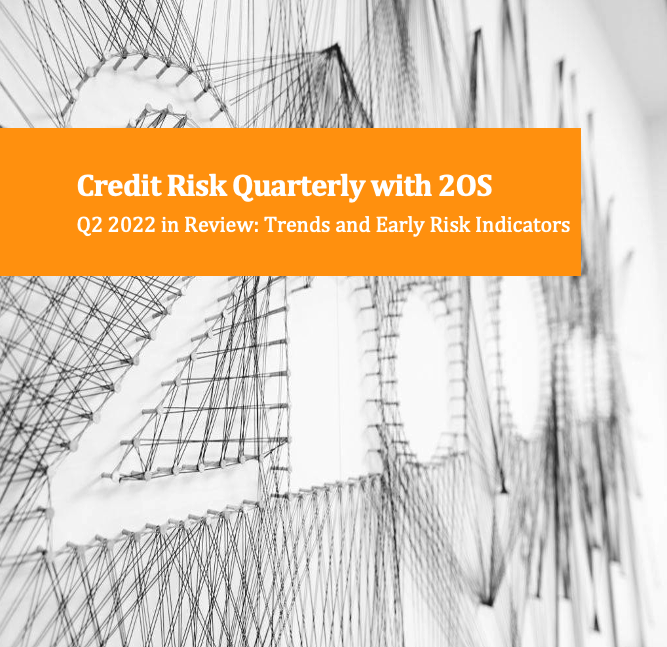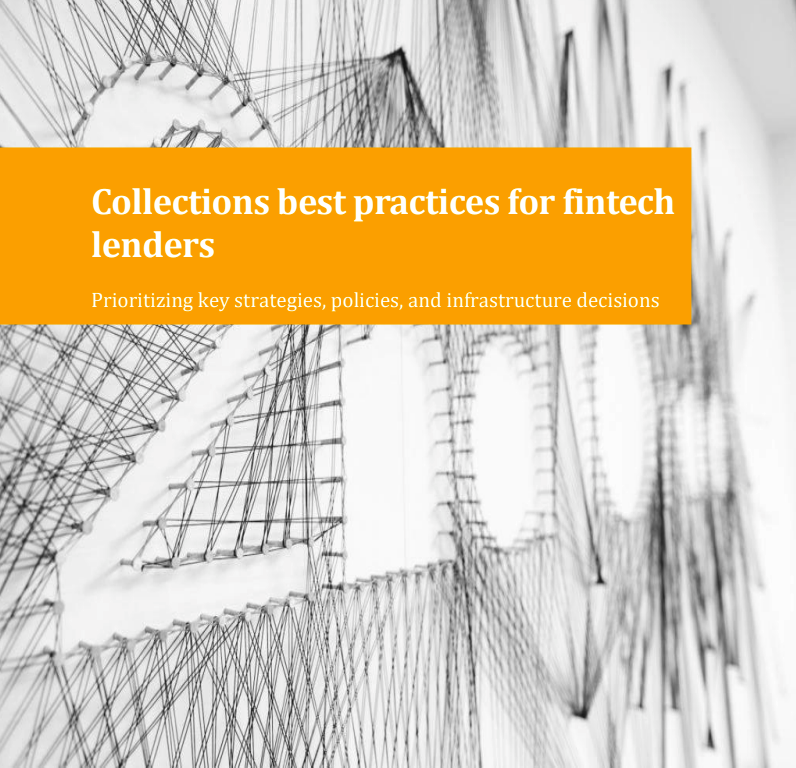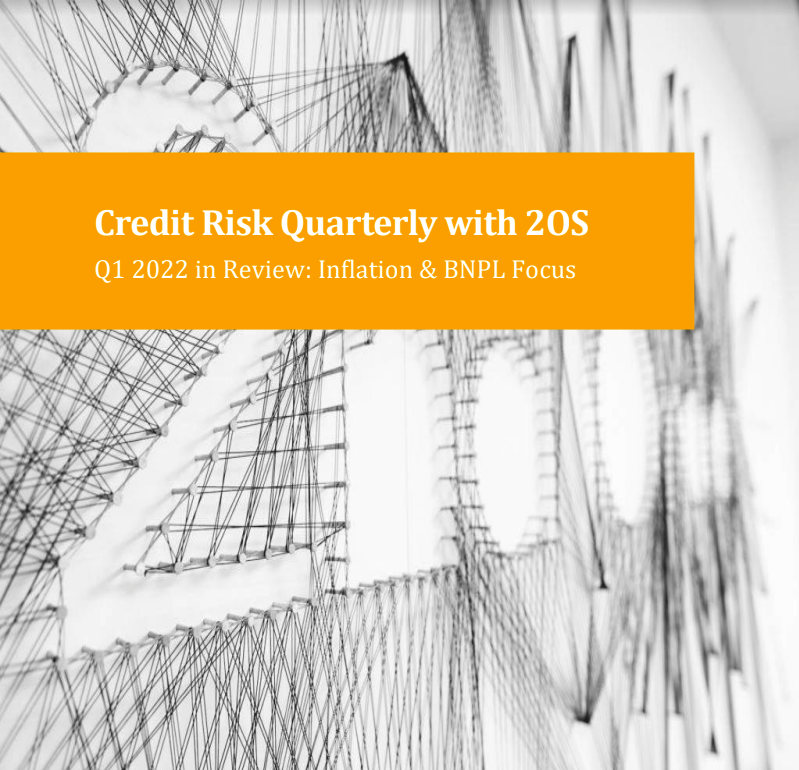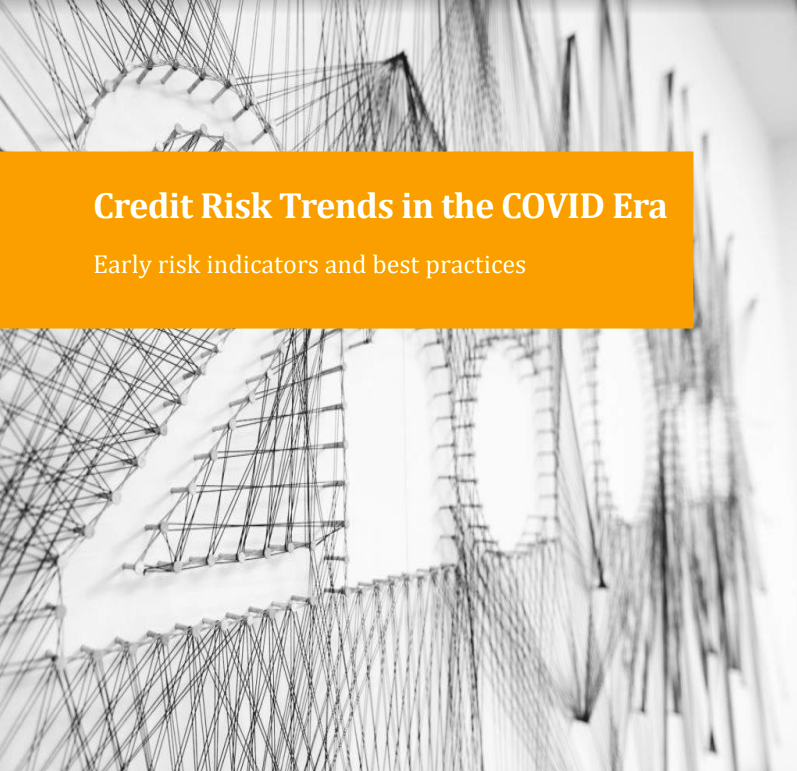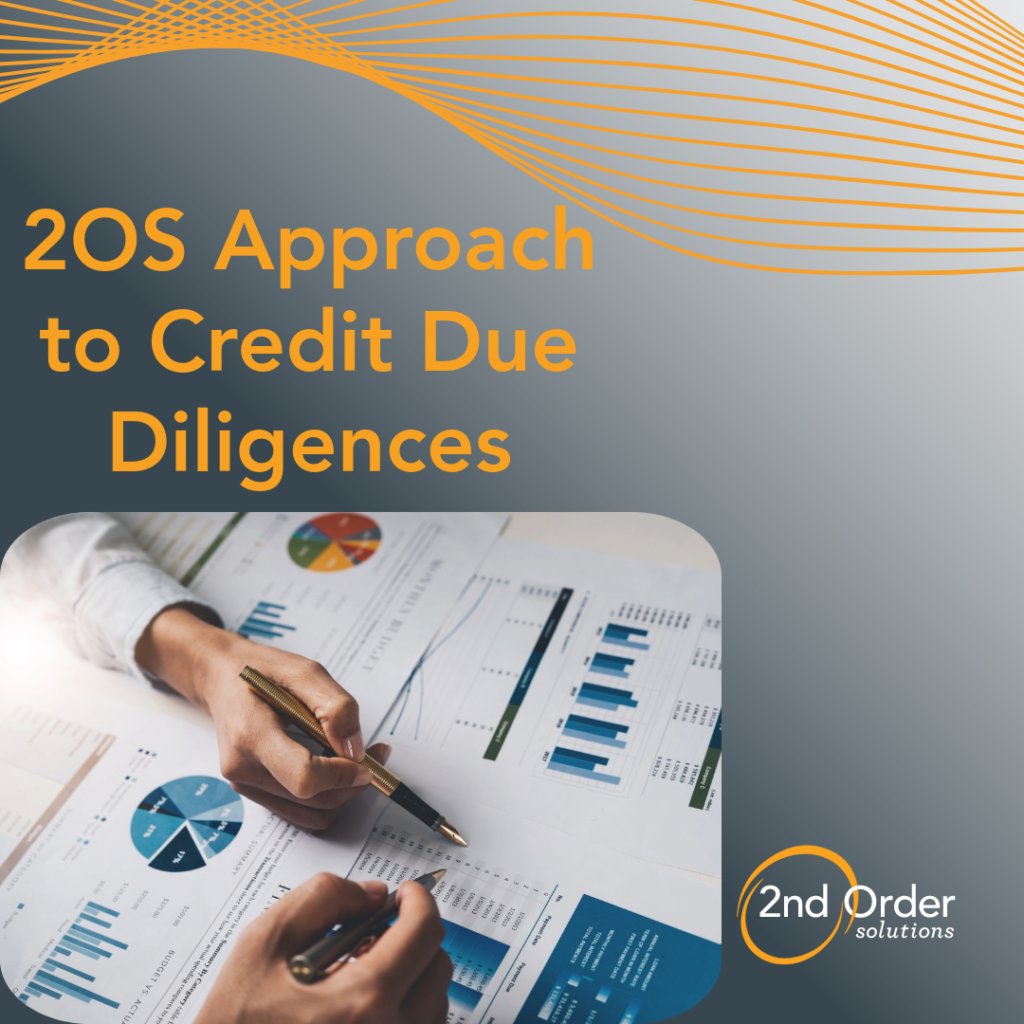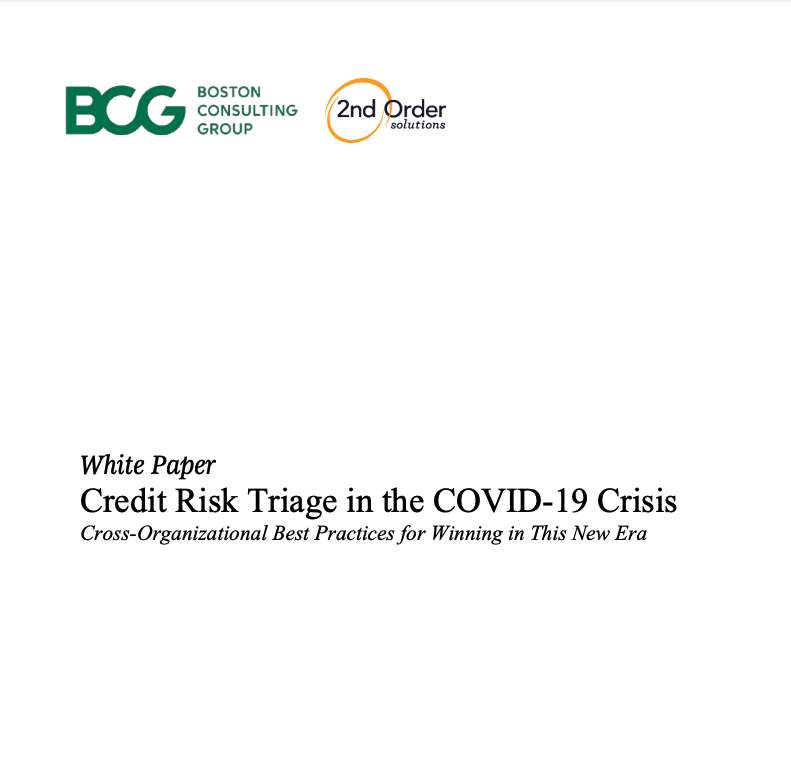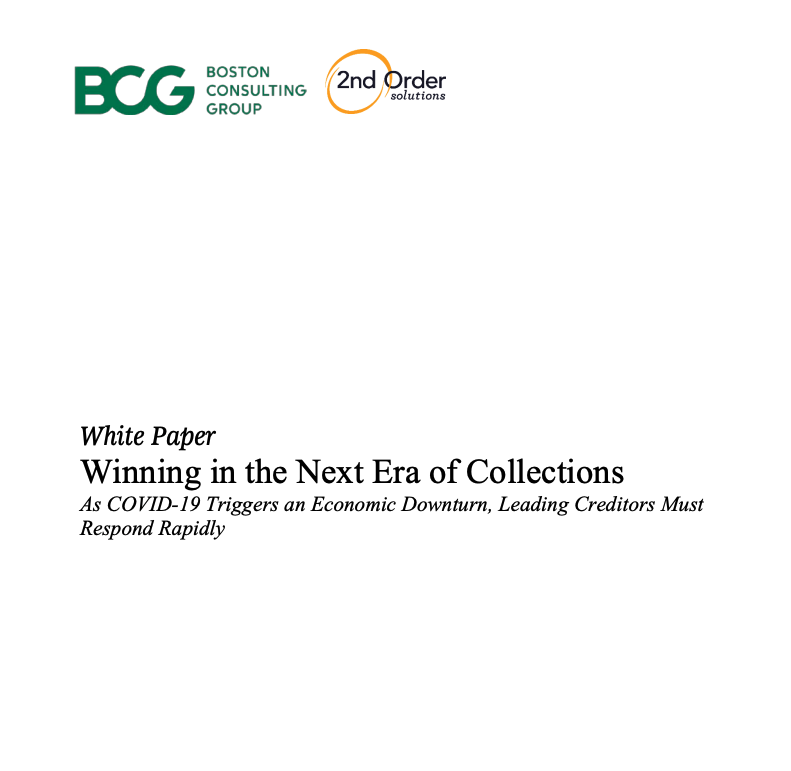Insights into Effectiveness through Data Science
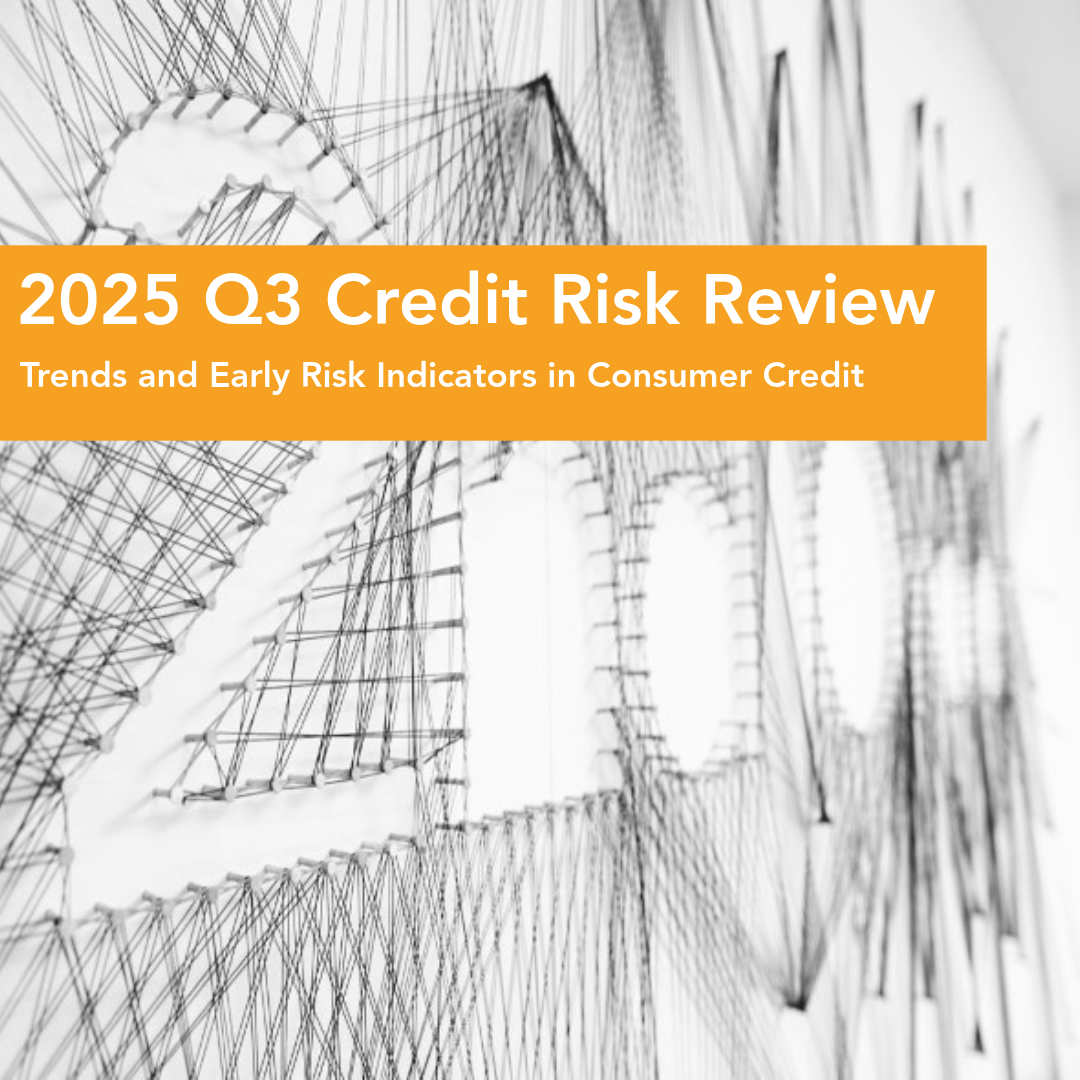
Credit Risk Quarterly – Q3 2025
We're excited to share our Credit Risk insights from Q3 2025! Delinquencies ticked up slightly this quarter, not alarmingly so, but it's a less encouraging trend than we saw in Q2. Our team continues to closely monitor a few key areas: Student loan delinquency levels, especially with the potential of future wage garnishment programs; persistently high delinquencies in subprime auto and recent lender bankruptcies in the space; the macroeconomic picture, in particular low real wage growth and the potential for tariff-driven inflation Please reach out to authors Scott Barton, Walker Flythe, Erin Hensien, Hainan Xiong, Morgan Bernstein, or Callum Williams if you have any questions or want to discuss the latest industry trends.
Read More- View All
- Case Studies
- Collections and Recoveries
- Credit Risk Quarterly
- Models
- Small Business
- Student Lending
- White Papers
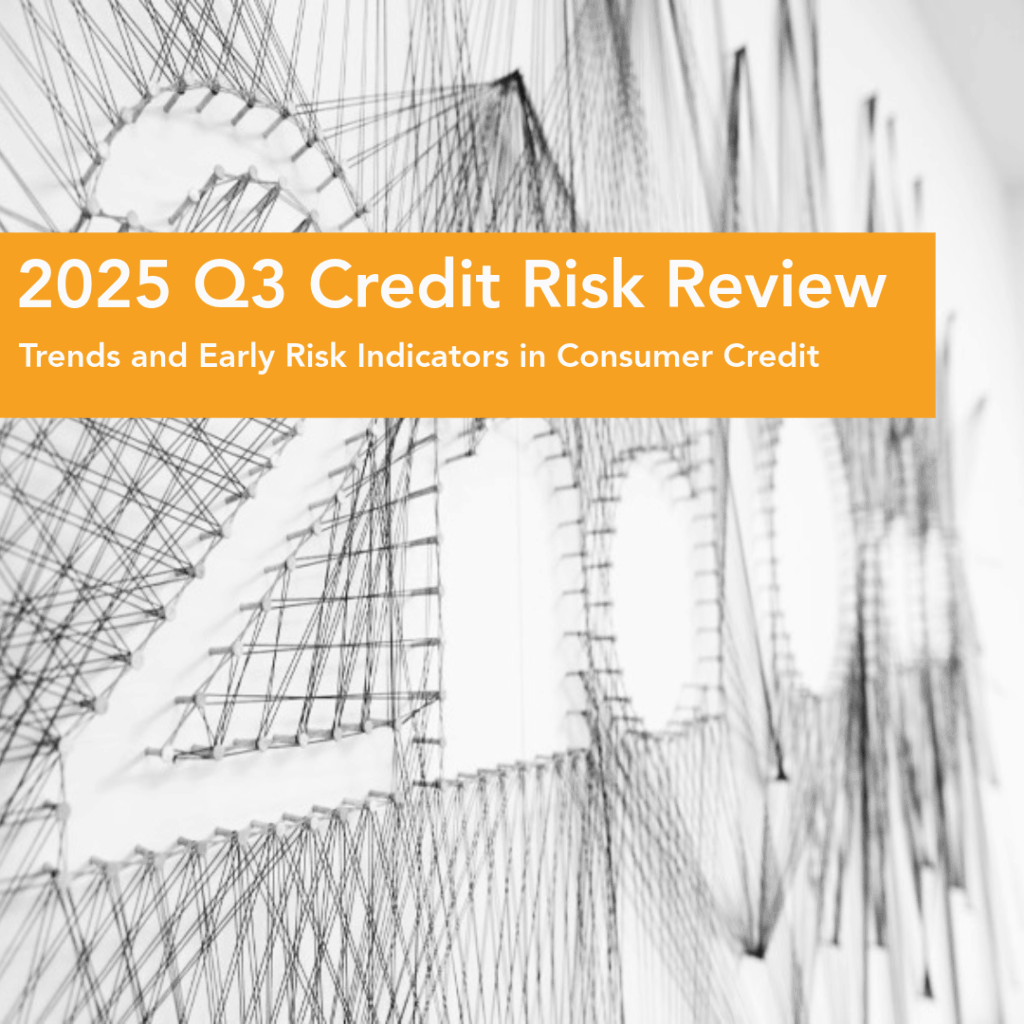
Credit Risk Quarterly – Q3 2025
We’re excited to share our Credit Risk insights from Q3 2025!
Delinquencies ticked up slightly this quarter, not alarmingly so, but it’s a less encouraging trend than we saw in Q2.
Our team continues to closely monitor a few key areas: Student loan delinquency levels, especially with the potential of future wage garnishment programs; persistently high delinquencies in subprime auto and recent lender bankruptcies in the space; the macroeconomic picture, in particular low real wage growth and the potential for tariff-driven inflation
Please reach out to authors Scott Barton, Walker Flythe, Erin Hensien, Hainan Xiong, Morgan Bernstein, or Callum Williams if you have any questions or want to discuss the latest industry trends.
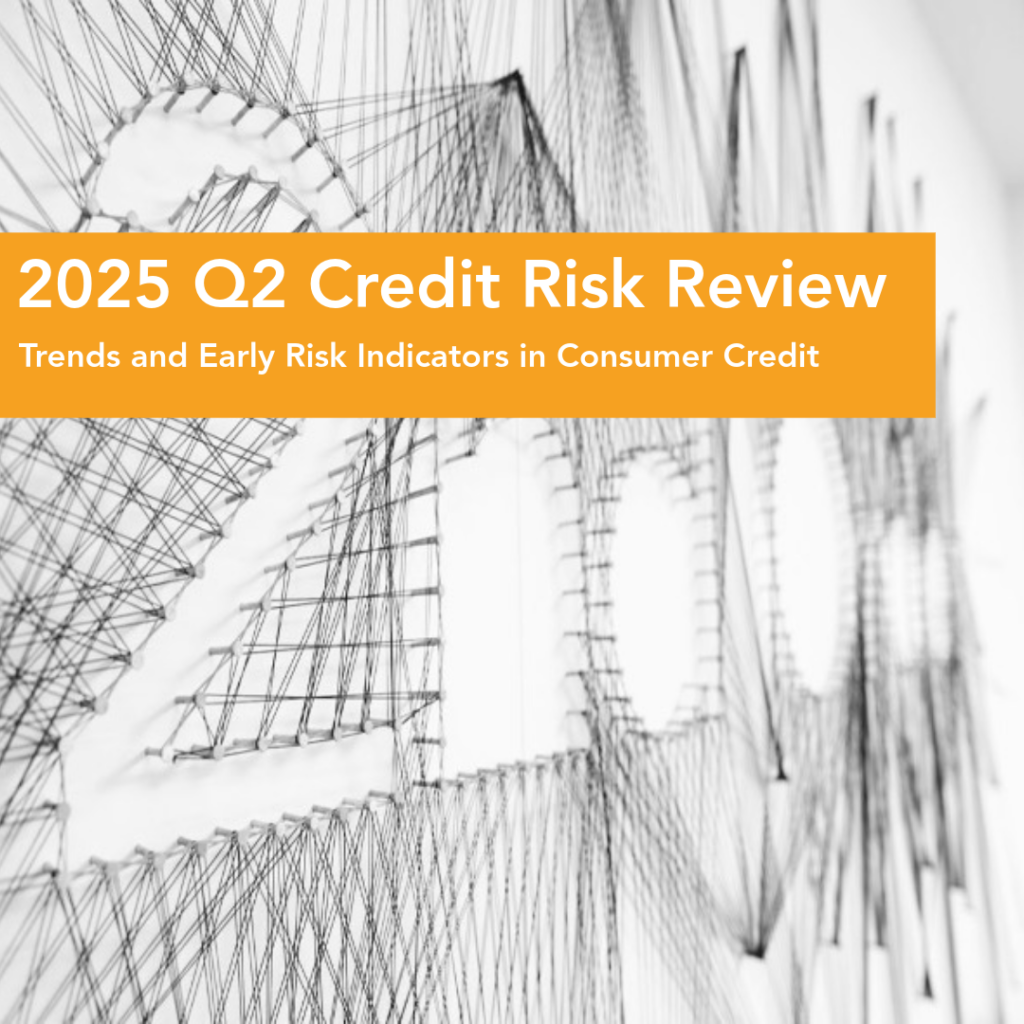
Credit Risk Quarterly – Q2 2025
Our Credit Risk insights from Q2 2025 are here!
Overall performance improved across several consumer lending asset classes, particularly among credit cards and subprime auto. Federal student loans remain an area to keep an eye one, with high delinquencies and inconsistent bureau reporting. Balancing these factors, many lenders are planning cautious lending expansion in the 2nd half of the year.
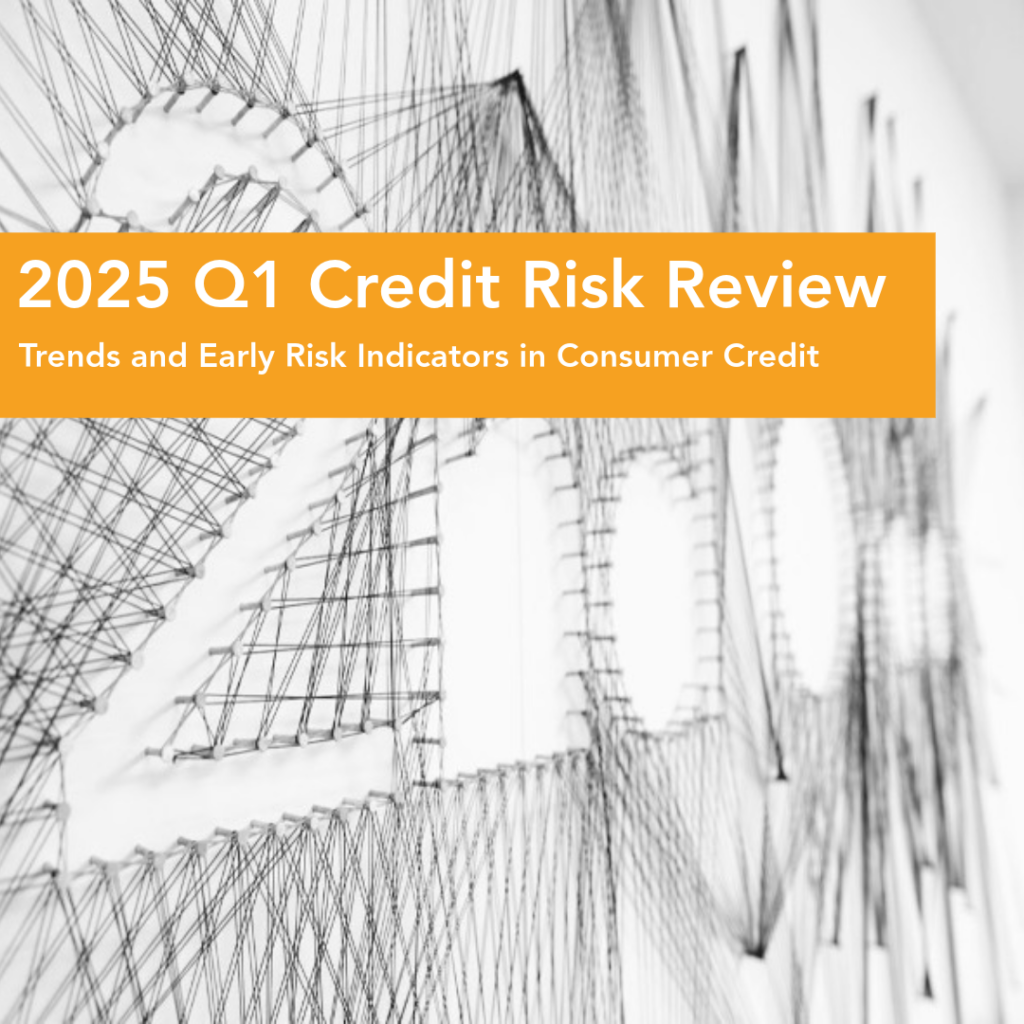
Credit Risk Quarterly – Q1 2025
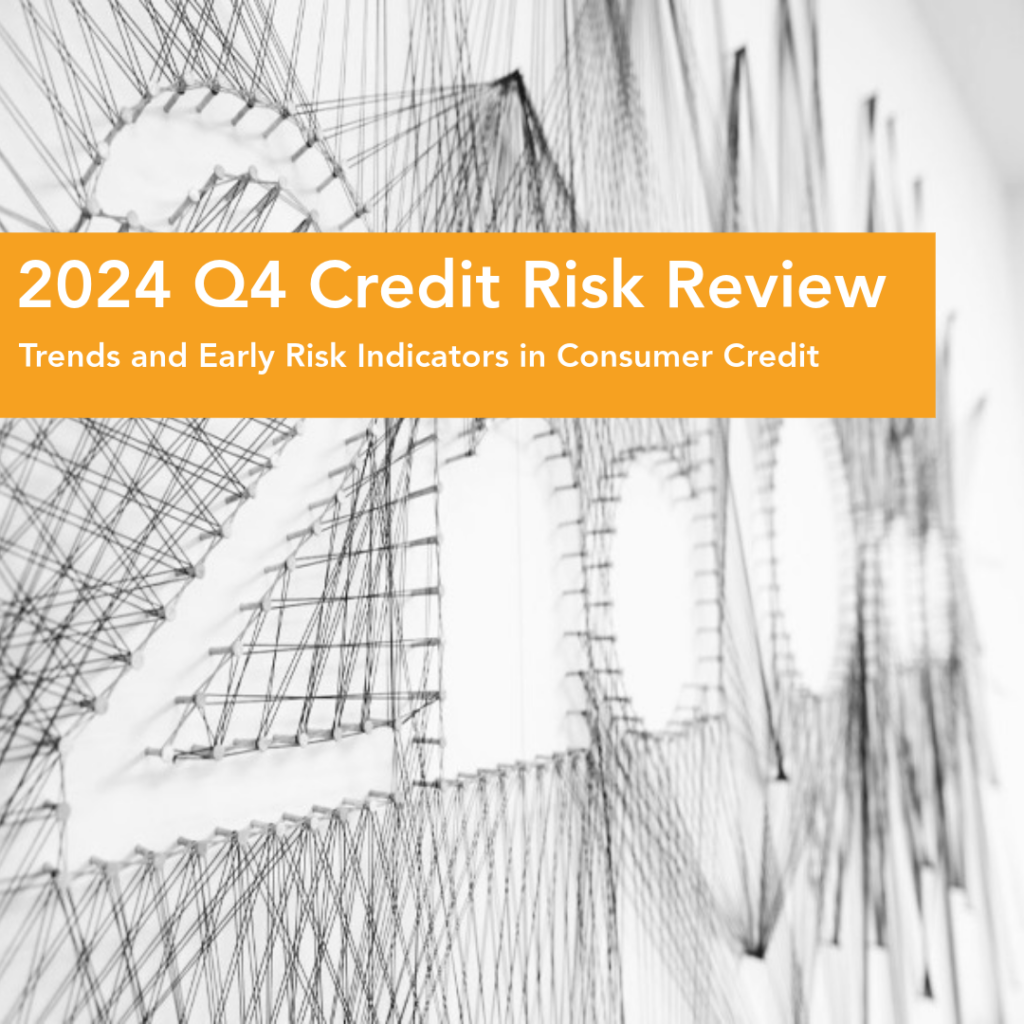
Credit Risk Quarterly – Q4 2024
We’re excited to share our Credit Risk insights from Q4 2024! This quarter, our team of experts dove into recent trends and observations across all US consumer credit asset classes. We also continued our monitoring of potential post-inauguration impacts to consumer lending.
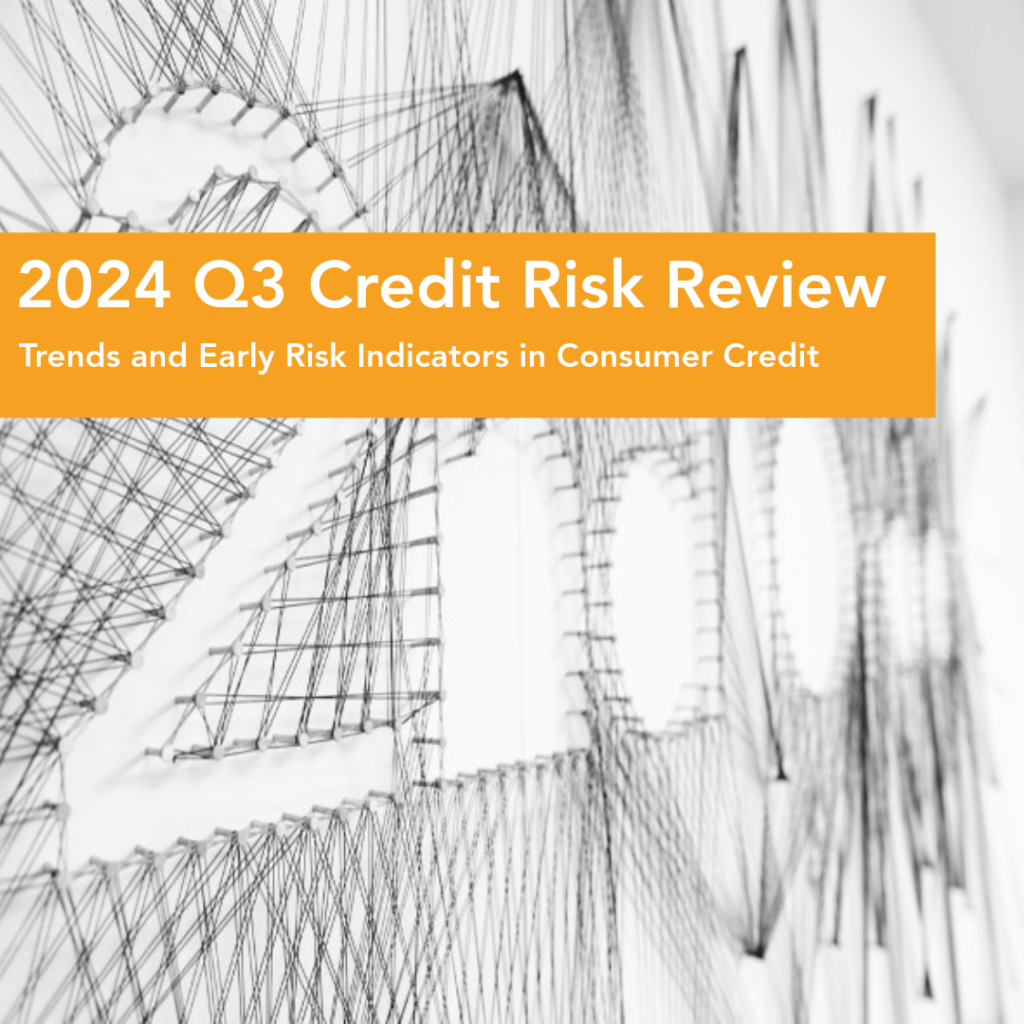
Credit Risk Quarterly – Q3 2024
We’re excited to share our Credit Risk insights from Q3 2024! This quarter, our team of experts explored headwinds and tailwinds affecting all asset classes of US consumer credit. We also included some special notes on the macroeconomic and post-election regulatory environment.
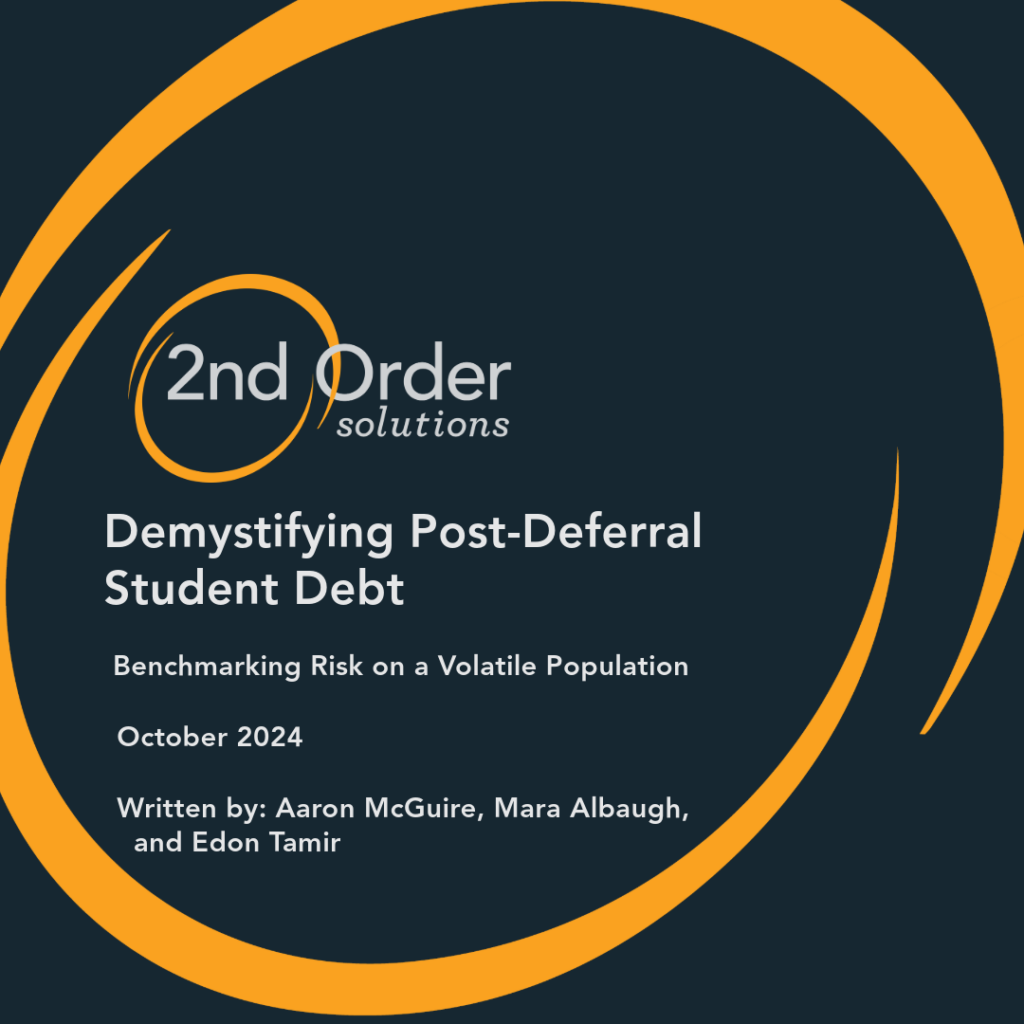
Demystifying Post-Deferral Student Debt
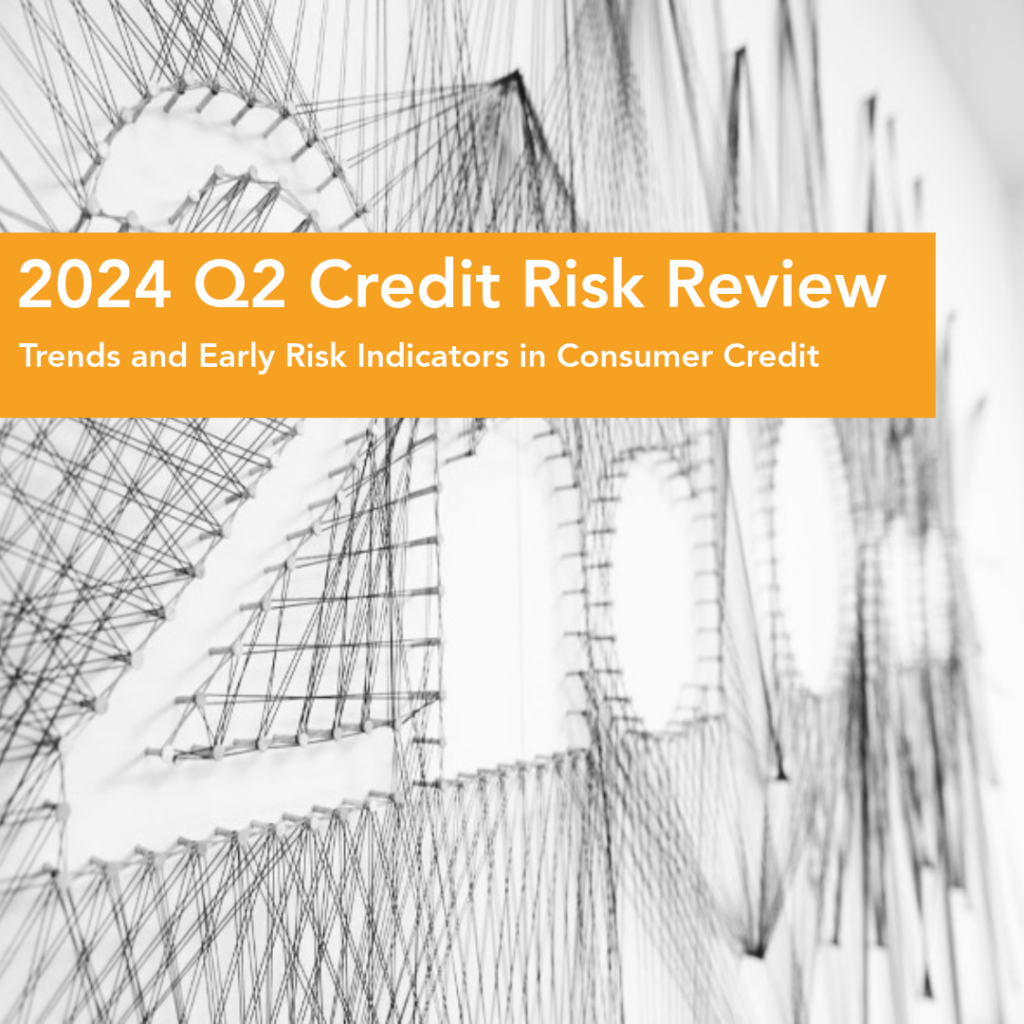
Credit Risk Quarterly – Q2 2024
Check out our latest Credit Risk insights from Q2 2024! In this report, we discuss headwinds and tailwinds affecting the US consumer credit industry across all asset classes. This quarter we review key trends in the mortgage and auto markets, heightened delinquencies in credit cards, and tighter underwriting standards across most asset classes. While certain metrics have continued improving since the pandemic, there is strong evidence that consumers are still feeling the squeeze.
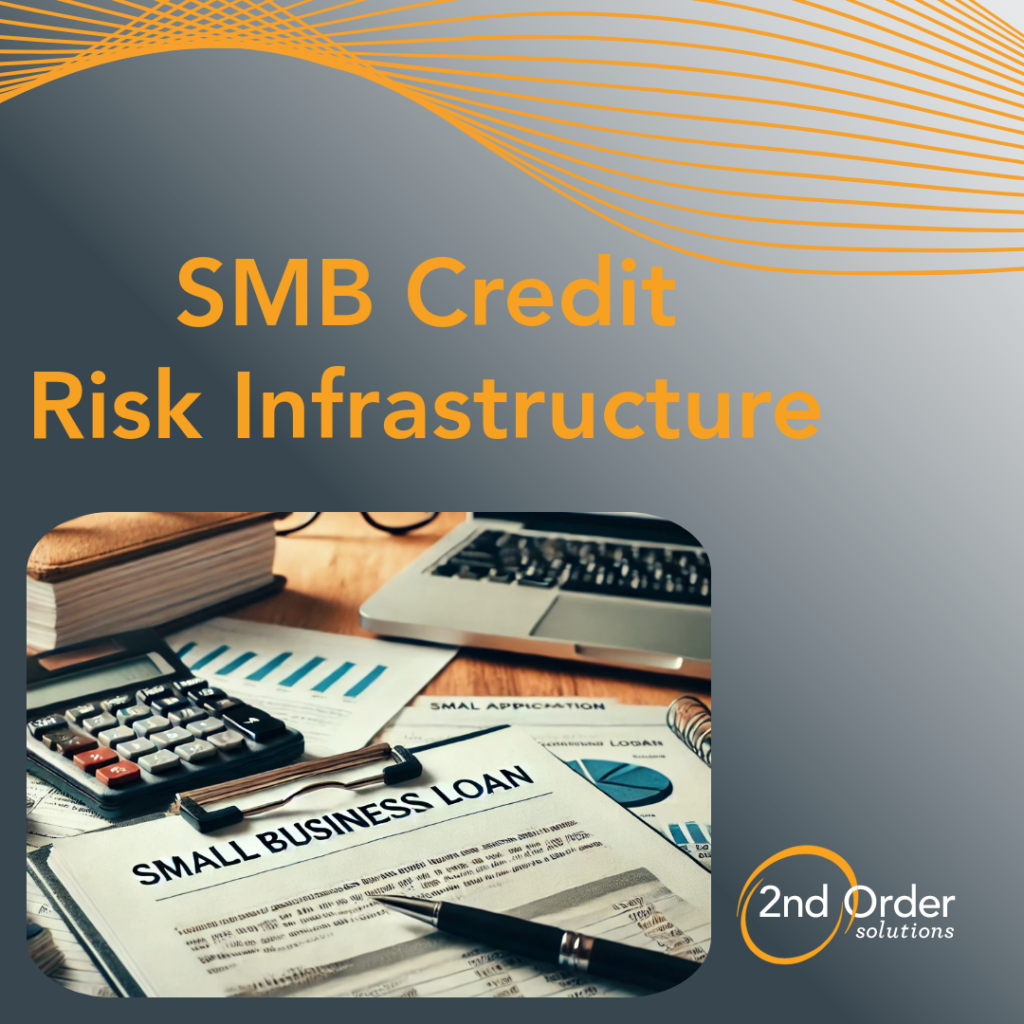
Small Business Credit Risk Infrastructure
A Small Business (SMB) lender in the US approached 2OS to aid in the creation and implementation of a custom credit risk model, valuations model, and a full credit policy. The new credit infrastructure supported future opportunities to increase origination volume of profitable, low-risk loans.

Branching Out ft. Dave Wasik
Tune in to hear Dave Wasik as a special guest on the latest episode of the “Branching Out” podcast by Deloitte. On the podcast, Dave discusses current credit risk trends, regulatory changes and the impact it will have on card issuers, and strategies to consider moving forward.
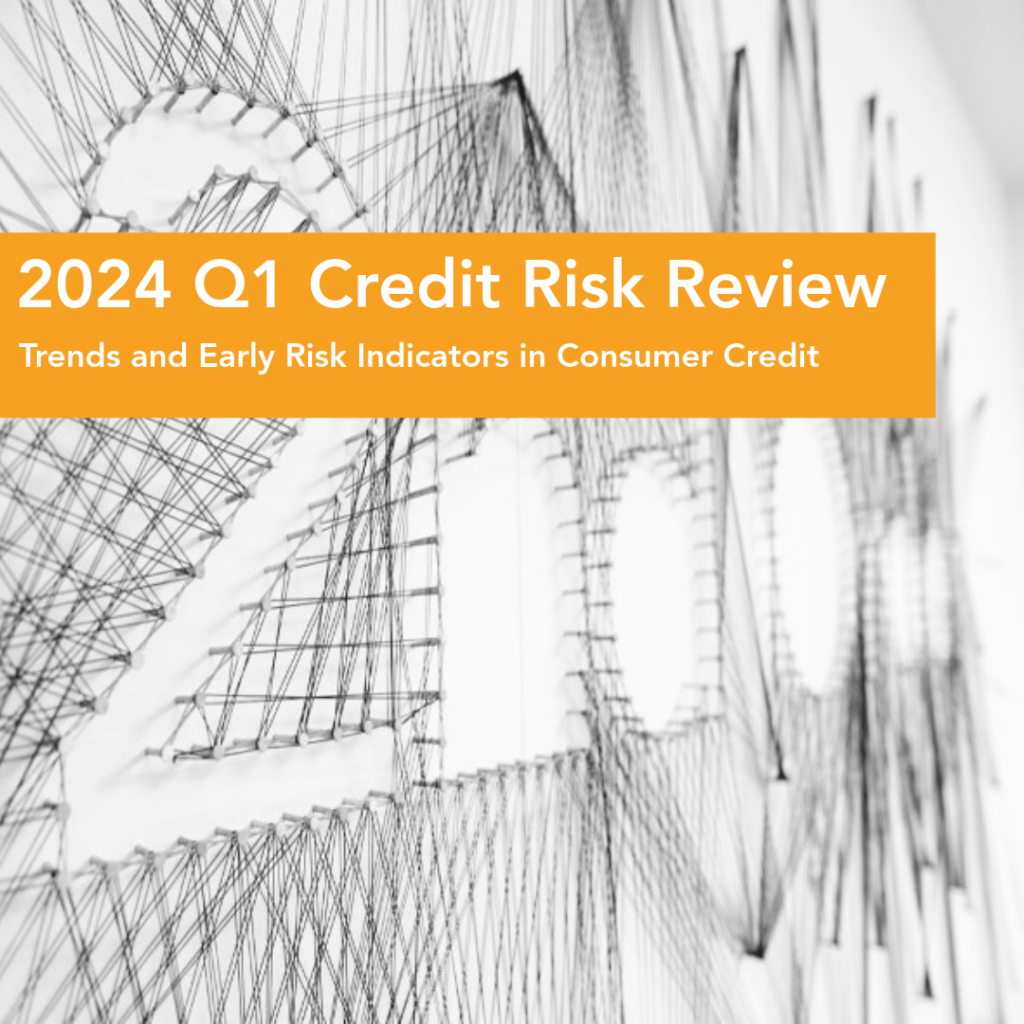
Credit Risk Quarterly – Q1 2024
Check out our latest Credit Risk insights from Q1 2024! This quarter we focus on the headwinds and tailwinds affecting the US consumer credit risk industry across different asset classes, including our thoughts on the new late fee regulation, an analysis on Credit Builder products, and our insights on a credit environment with continued elevated delinquencies having a recent March decline.

Fraud Association Networks
Fraud detection and prevention are critical concerns in today’s industry. At 2OS, our team of fraud experts is committed to guiding our clients toward optimal fraud outcomes. Explore our latest case study to discover how we utilized association networks to help a large bank reduce false positives, predict linkage influence, and uncover fraud schemes.
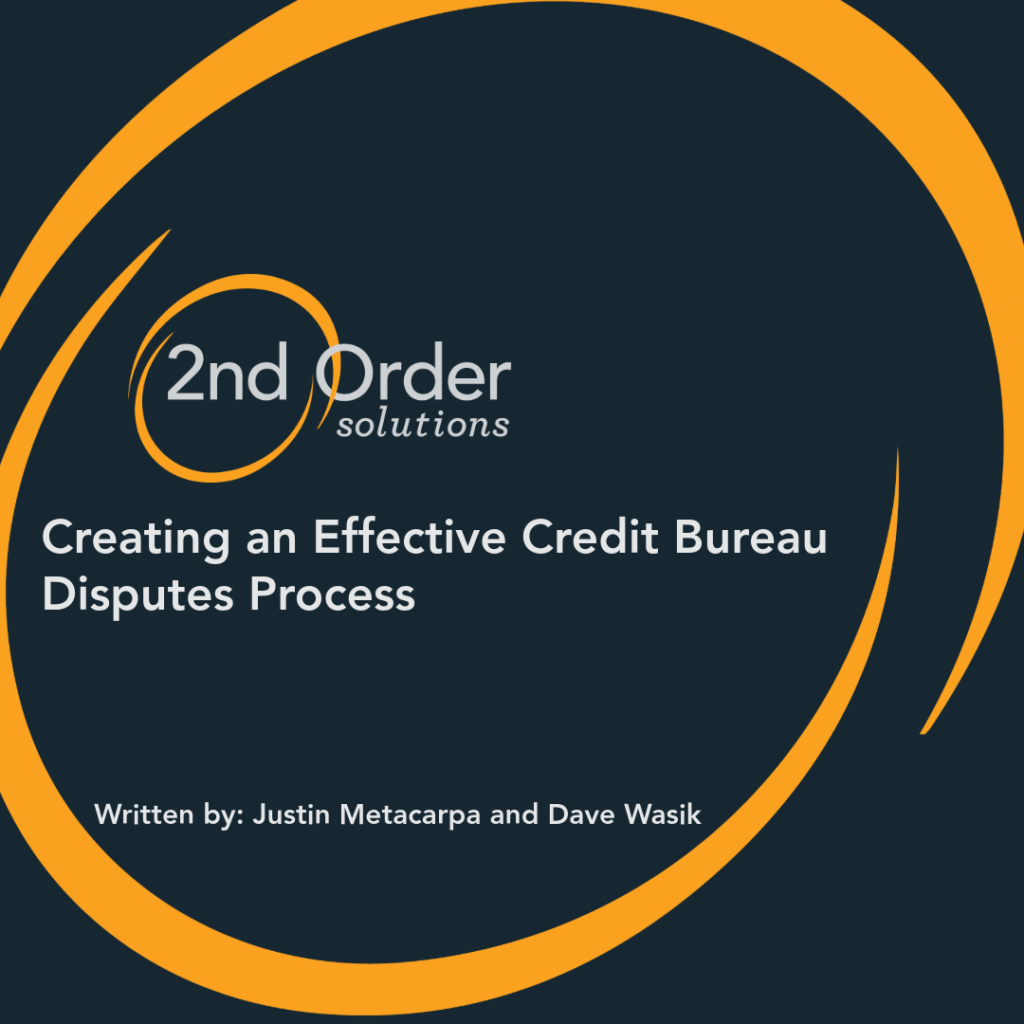
Creating an Effective Credit Bureau Disputes Process
Over 75% of consumer complaints submitted to the CFPB last year were related to Credit Bureau Reporting. With delinquencies on the rise and consumers struggling to obtain credit due to tighter credit standards, we expect to see an increase in consumers disputing historical delinquencies in an attempt to improve their credit score.
This paper, authored by Justin Metacarpa and Dave Wasik, offers a roadmap to improving Credit Bureau Reporting and Disputes processes, including an overview of some key challenges and where the major pain points may lie.
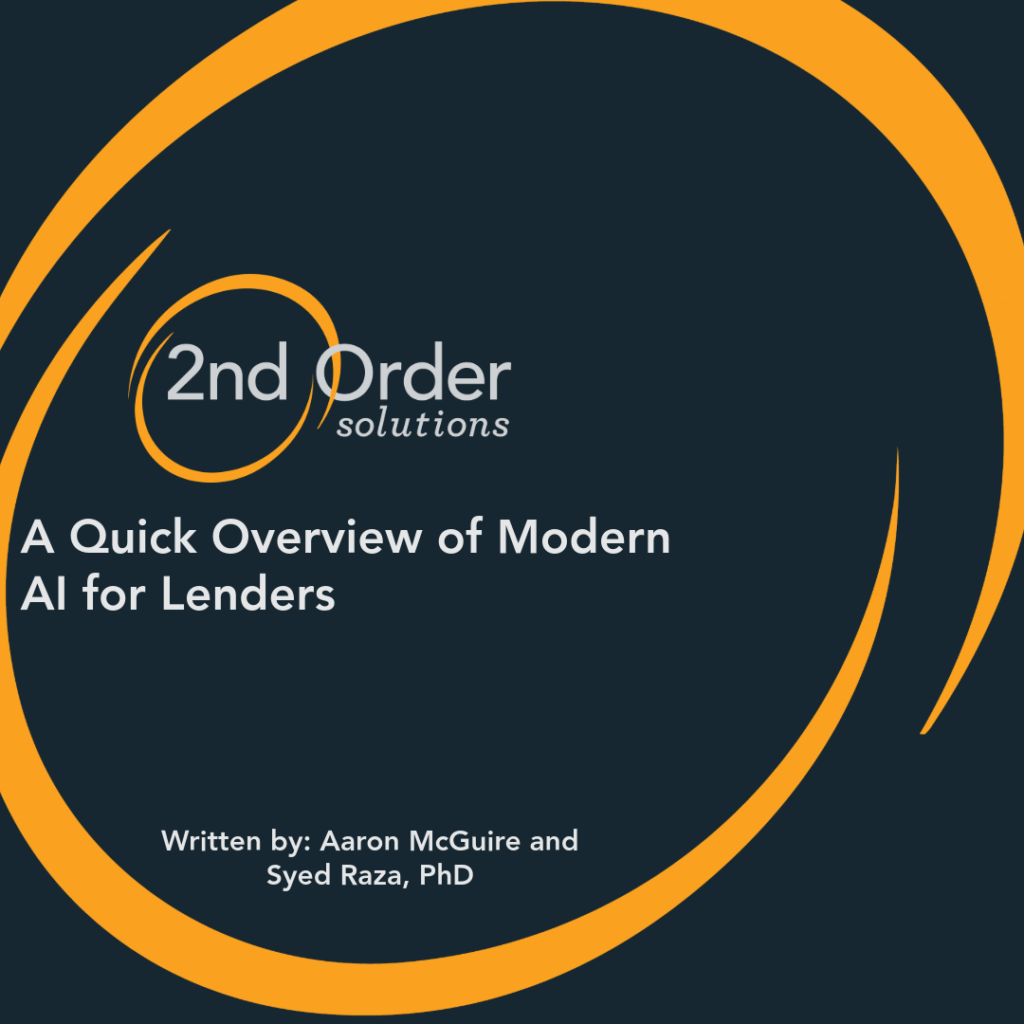
A Quick Overview of Modern AI for Lenders
Our latest white paper offers a snapshot at the current state of AI usage in lending, with a specific focus on regulatory alignment. Authors Aaron McGuire and Syed Raza PhD. aim to address key questions and topics including nuances in Large Language Models (LLMs), the intersection of automated decisioning and AI, and the potential risks of AI in transactions servicing.
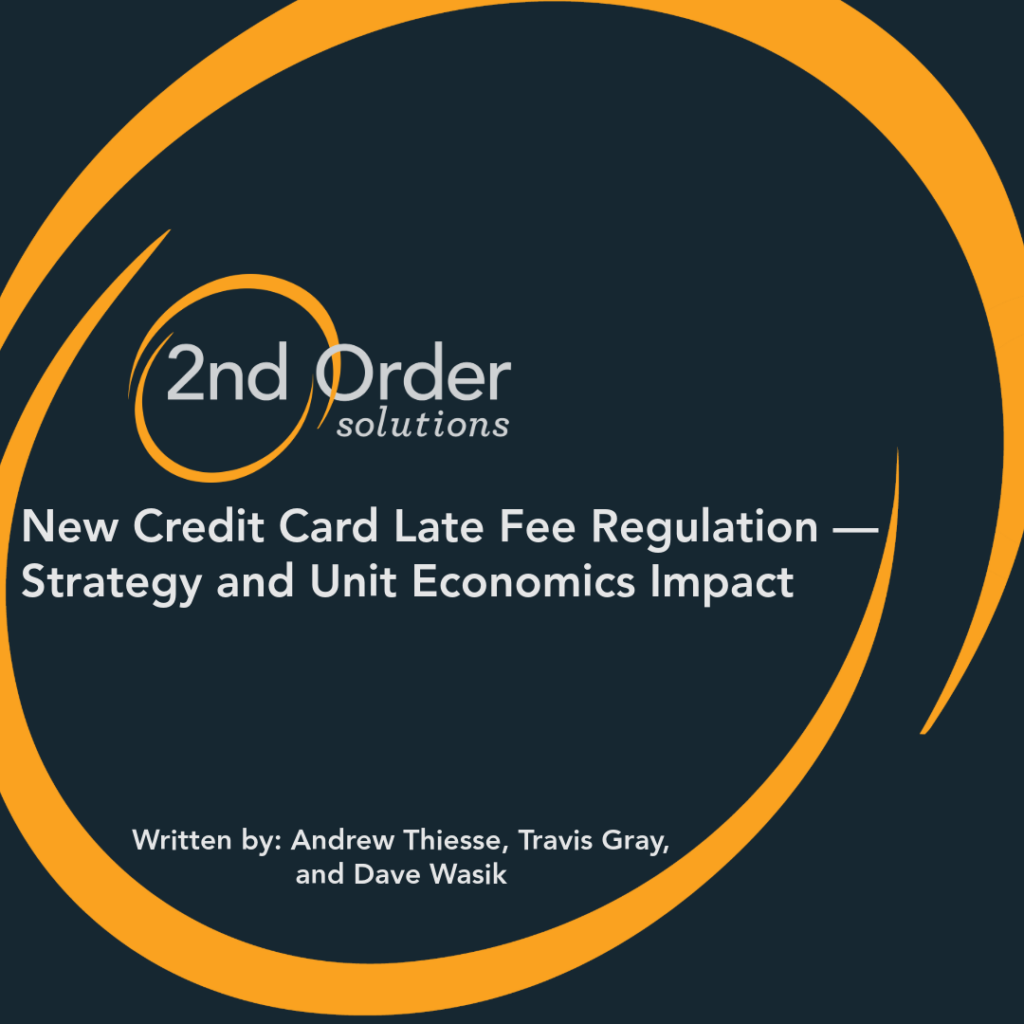
New Credit Card Late Fee Regulation – Strategy and Unit Economics Impact
In the latest of a series of moves to reduce ”junk fees” from banking products, the CFPB has announced new regulation to reduce credit card late fees to a maximum of $8, without higher late fee safe harbor amounts for subsequent violations. While this regulation will only apply to card issuers with greater than 1 million credit cards at this time, this regulation will lead to large reductions in approval rates, especially for subprime borrowers, and reduce the profitability of existing card portfolios. In this white paper, we analyzed the proposed regulation by looking at (1) Historical precedent and the current landscape of late fees in the U.S., (2) a case study simulating the impact of proposals on a subprime credit card portfolio, and (3) a walk through of the impacts this regulation will have on the back book.
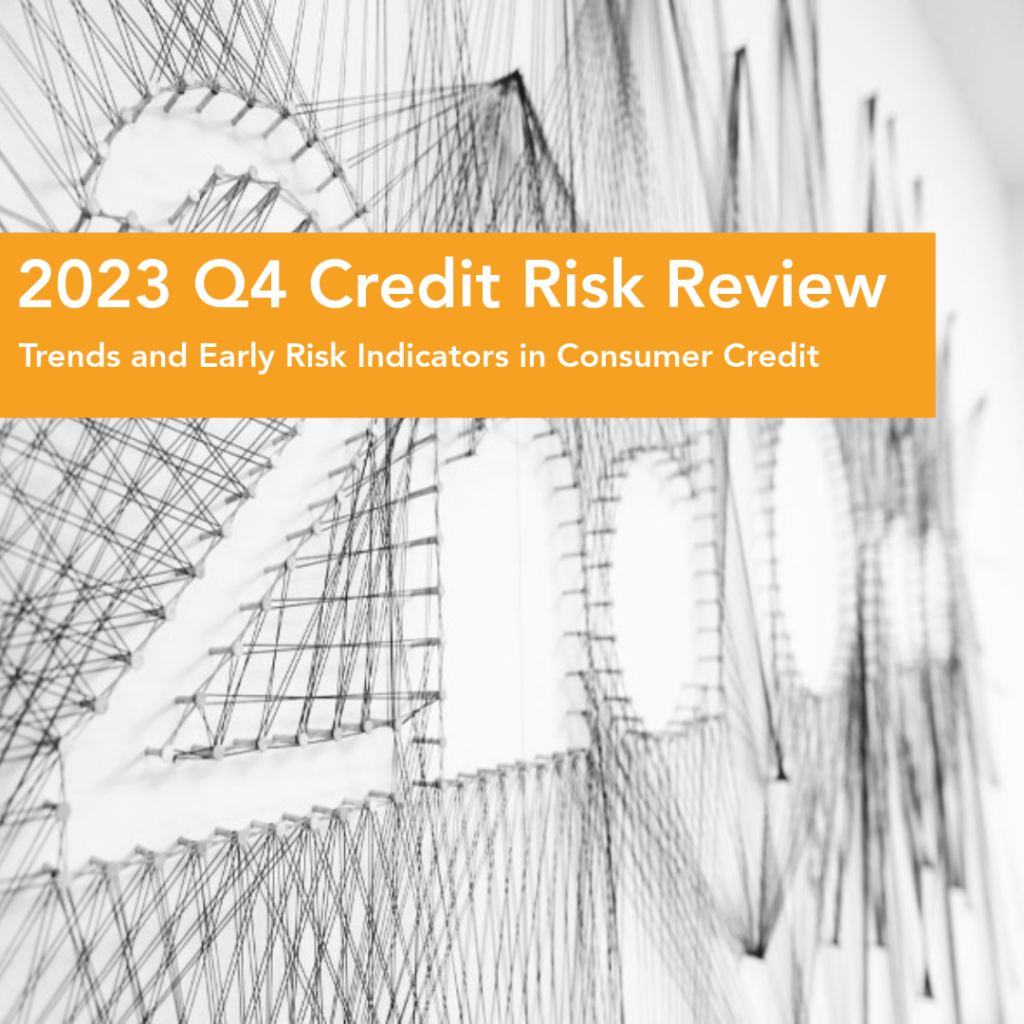
Credit Risk Quarterly – Q4 2023
Check out our latest Credit Risk Insights from Q4 2023! This quarter we focus on the various headwinds and tailwinds affecting the US consumer credit risk industry overall, as well as more specific trends across Credit Cards, Personal Loans/Mortgages, Auto Loans, and Student Loans.
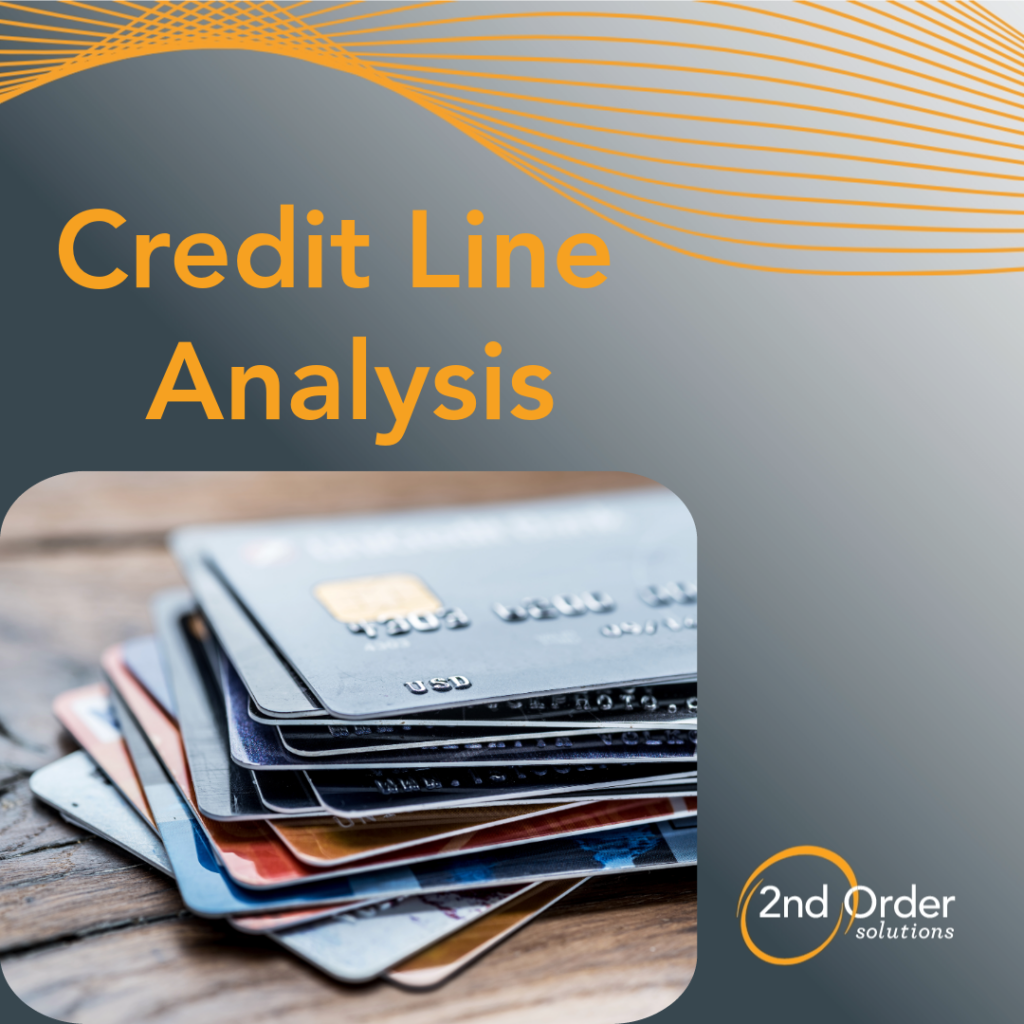
Initial Line Assignment & Credit Line Increase Policies
A regional credit union in the US approached 2OS to aid in the implementation of its new Initial Line Assignment (ILA) and Credit Line Increase (CLI) policies. Through an initial diagnostic and an analytic deep- dive, 2OS developed new initial lines and CLI strategy to improve member engagement and profits.

Credit Risk Quarterly – Q3 2023
Check out our latest Credit Risk insights from Q3 2023! This quarter we discuss headwinds and tailwinds affecting the US consumer credit risk industry across all different asset classes, including our thoughts on rising delinquencies with increased interest rate environments, and our expectations with the resumption of student loan payments.
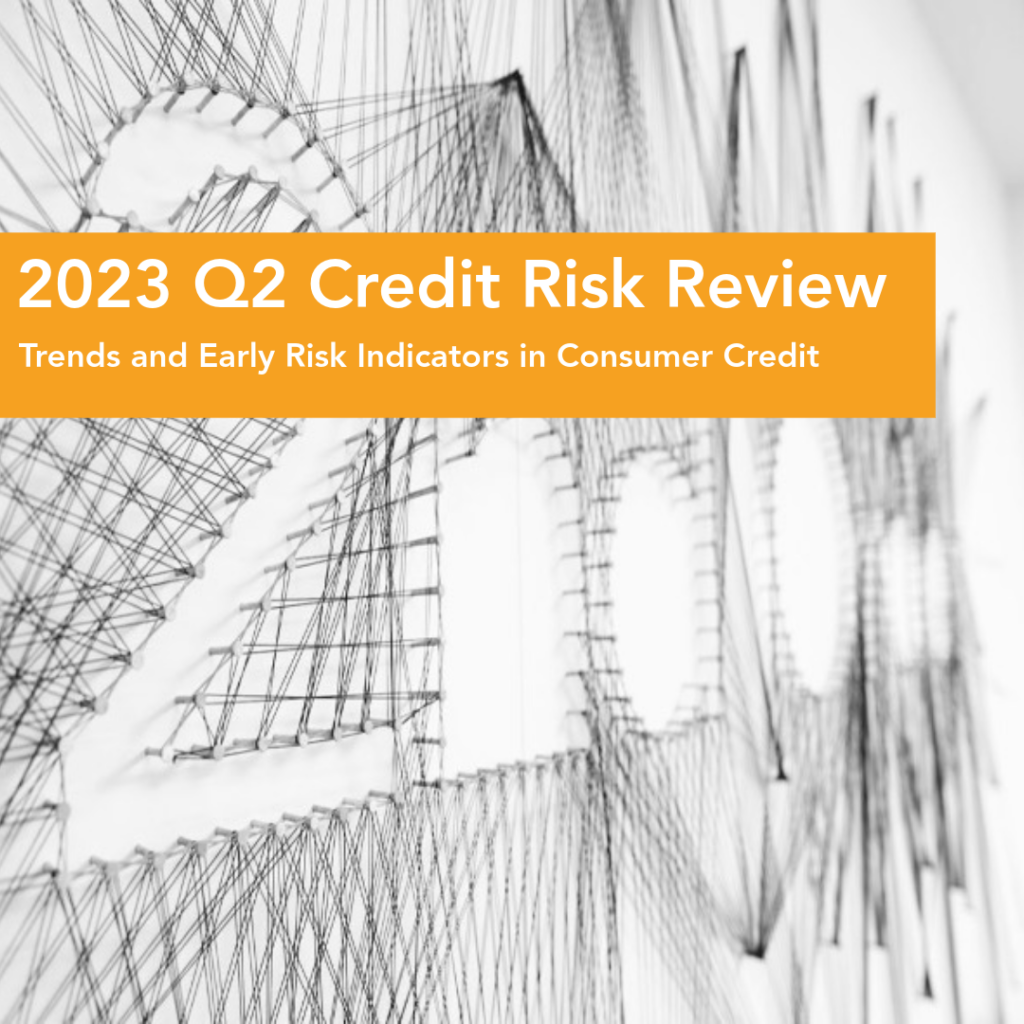
Credit Risk Quarterly- Q2 2023
Check out our latest Credit Risk insights from Q2 2023. This quarter we focus on the headwinds and tailwinds affecting the US consumer credit risk as a whole, as well as discuss recent trends across Credit Cards, Personal Loans/Mortgages, Auto Loans, and Student Loans.
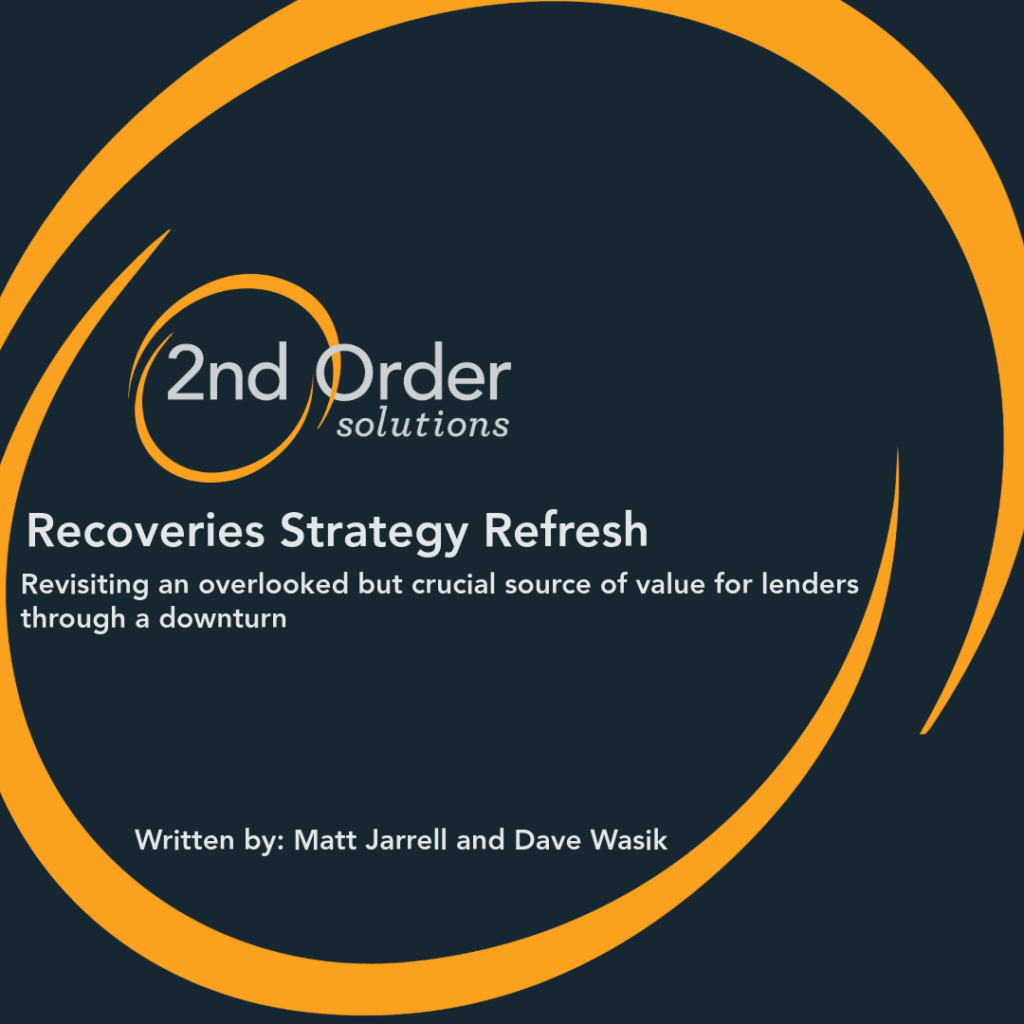
Recoveries Strategy Refresh
During the pandemic, consumer stimulus led to lower credit losses and therefore less of a strategic focus on Recoveries. As the U.S. enters a more challenging macro-economic environment characterized by inflation, interest rate increases, and resulting pressure on consumers, we are seeing losses increase back to pre-pandemic levels and even worse for some segments. Now is a perfect time to revisit Recoveries and refresh your strategic and operational approach. This paper will explore how the industry has evolved since the last economic downturn, provide an updated view of winning strategies, and highlight what is at stake for your organization.
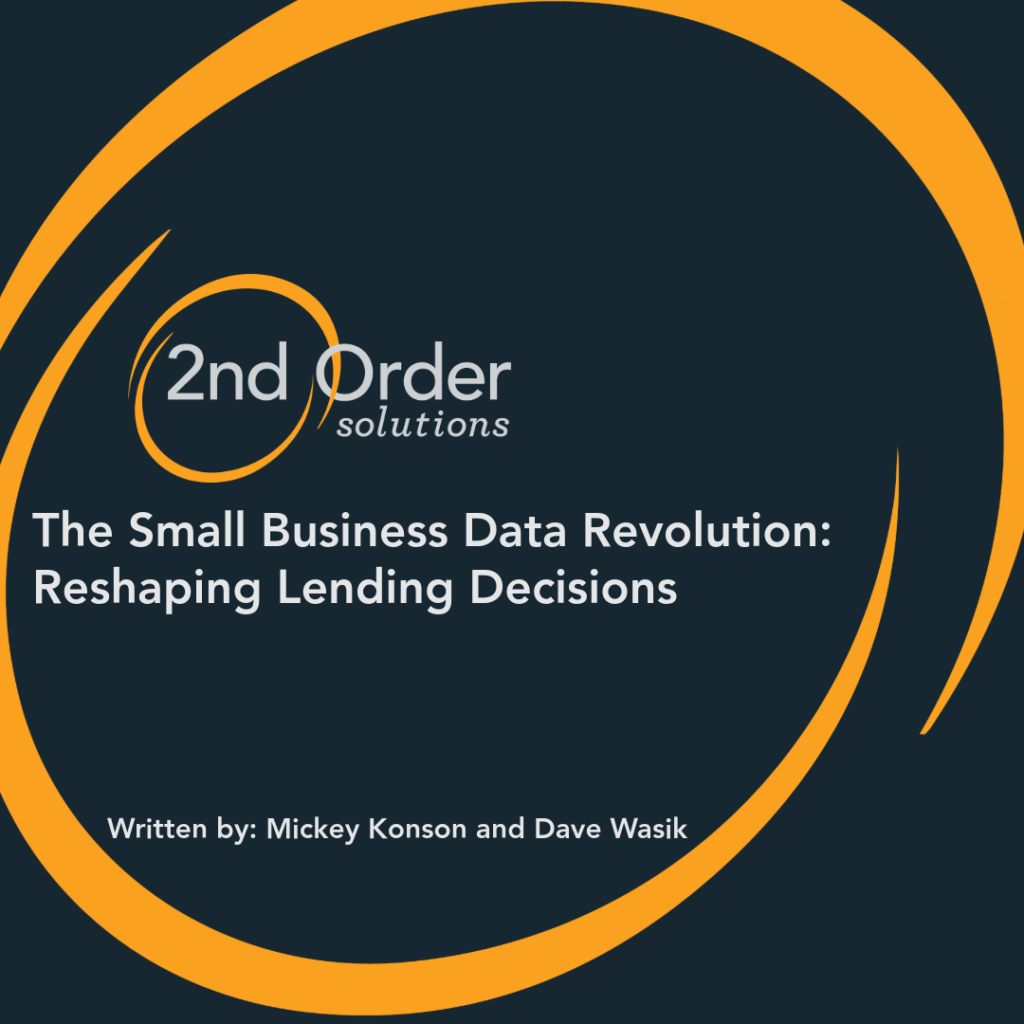
The Small Business Data Revolution: Reshaping Lending Decisions
Over the past decade, the Small Business (SMB) lending field has seen an explosion of innovation, with groundbreaking advancements in data sources, API technology, machine learning, digital onboarding, and instant decisioning. Initially driven by larger banks, these innovations have now been embraced and implemented at scale by fintech companies. In this article, we want to take you on a journey of how the SMB lending category has transformed over time, explore the emerging ecosystem of new technologies and data sources, and discuss how executives at banks, lending institutions, and payments companies can rapidly improve upon their current SMB offerings.
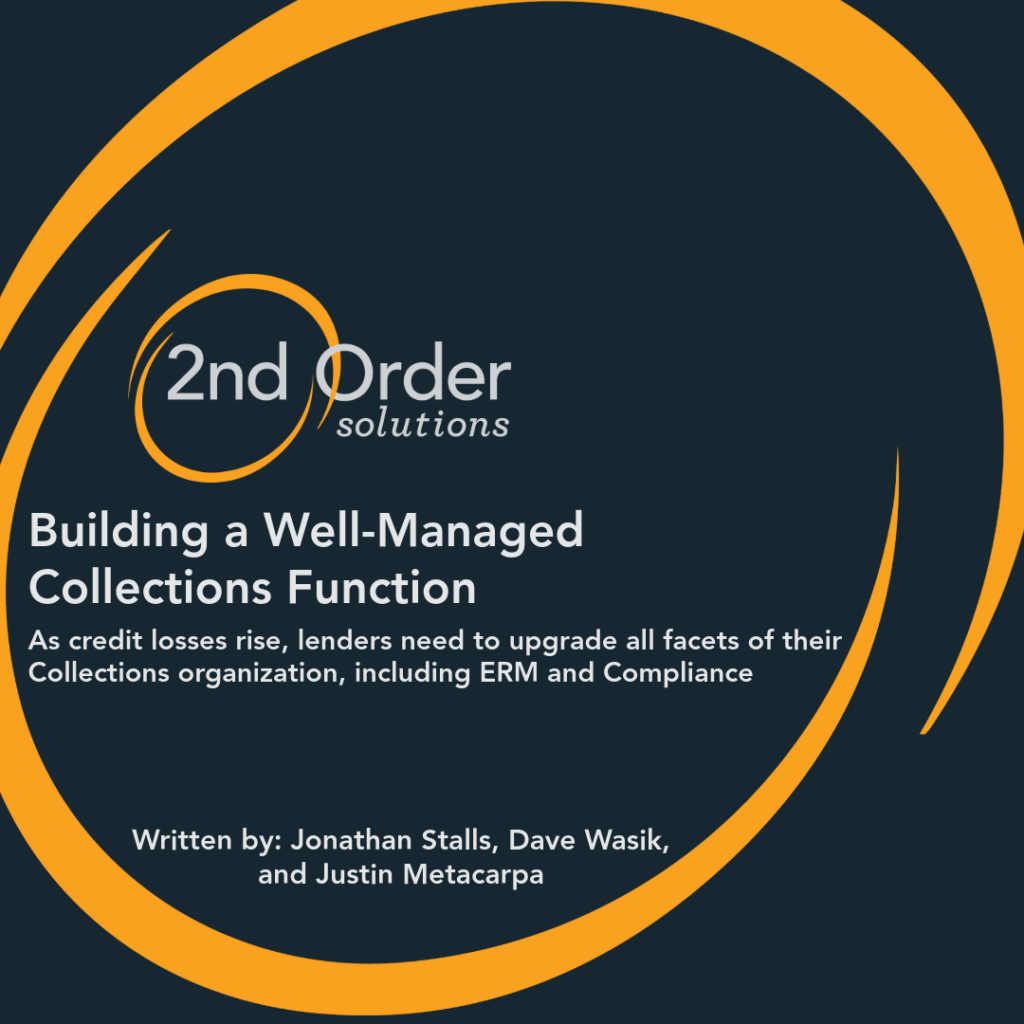
Building a Well-Managed Collections Function
As delinquencies and Collections efforts increase across the industry, our latest white paper provides a roadmap for where the difficulties and pain points lie. We start with a framework for the root causes of complexity within Collections, provide a variety of examples, and suggest a set of important first steps to make Collections a more well- managed part of the lending lifecycle.
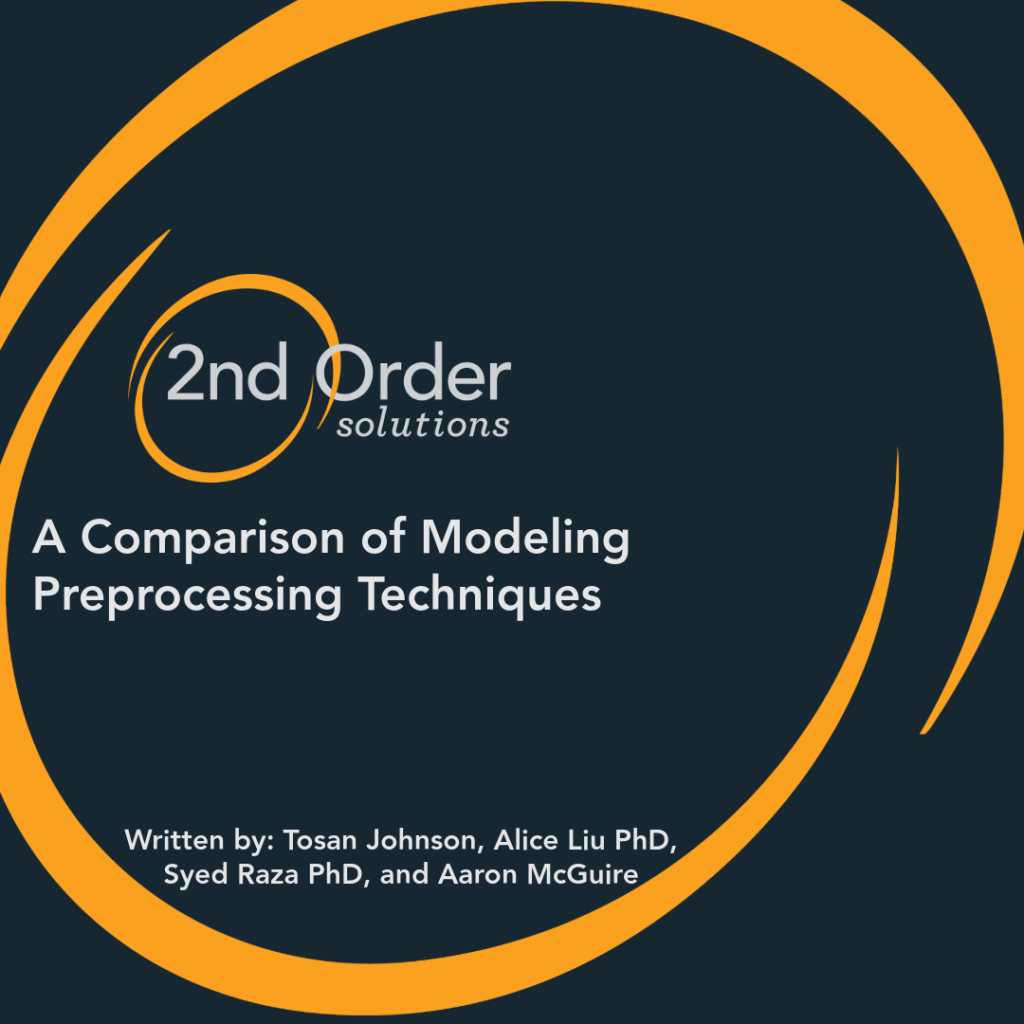
A Comparison of Modeling Preprocessing Techniques
Our latest white paper compares the performance of various data processing methods in terms of predictive performance for structured data. This paper also seeks to identify and recommend preprocessing methodologies for tree-based binary classification models, with a focus on eXtreme Gradient Boost-ing (XGBoost) models.

Credit Trends in Brazil
2nd Order Solutions has seen a sharp rise in new credit acquisitions in Brazil amid a high interest rate environment, which has led to debt-to-income levels that are at an all-time high. This whitepaper explores the consequences of this rapid increase in debt-to-income, uncovering a concerning risk outlook ahead. In addition to deep diving into the delinquency trends, this report uncovers specific populations that have been hit the hardest and suggests what lenders should do to help mitigate the risk.

Mortgage Risk Segmentations
An international bank, worried about future rises in variable interest rates, approached 2OS to help identify the customers most at-risk within its home loans portfolio. The client wanted the 2OS team to build out a risk segmentation along with contact and offer strategies for each segment.
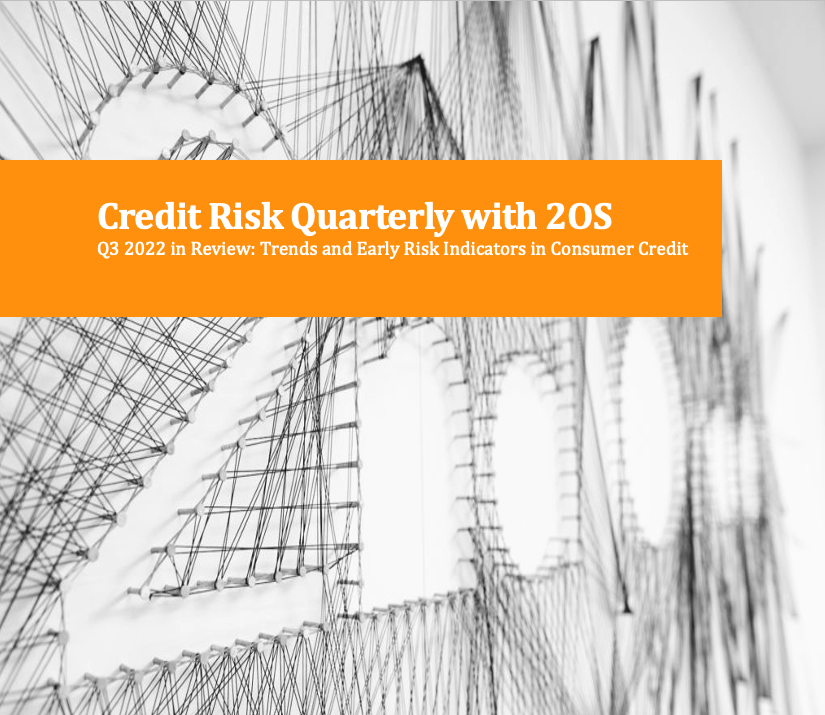
Credit Risk Quarterly – Q3 2022 in Review
This paper reviews the overall state of consumer credit, focusing on credit cards, personal loans, auto loans, student loans, and mortgages. In addition, we examine the impacts of inflation on lending, the current macroeconomic outlook, and continued observations of risk score warping.
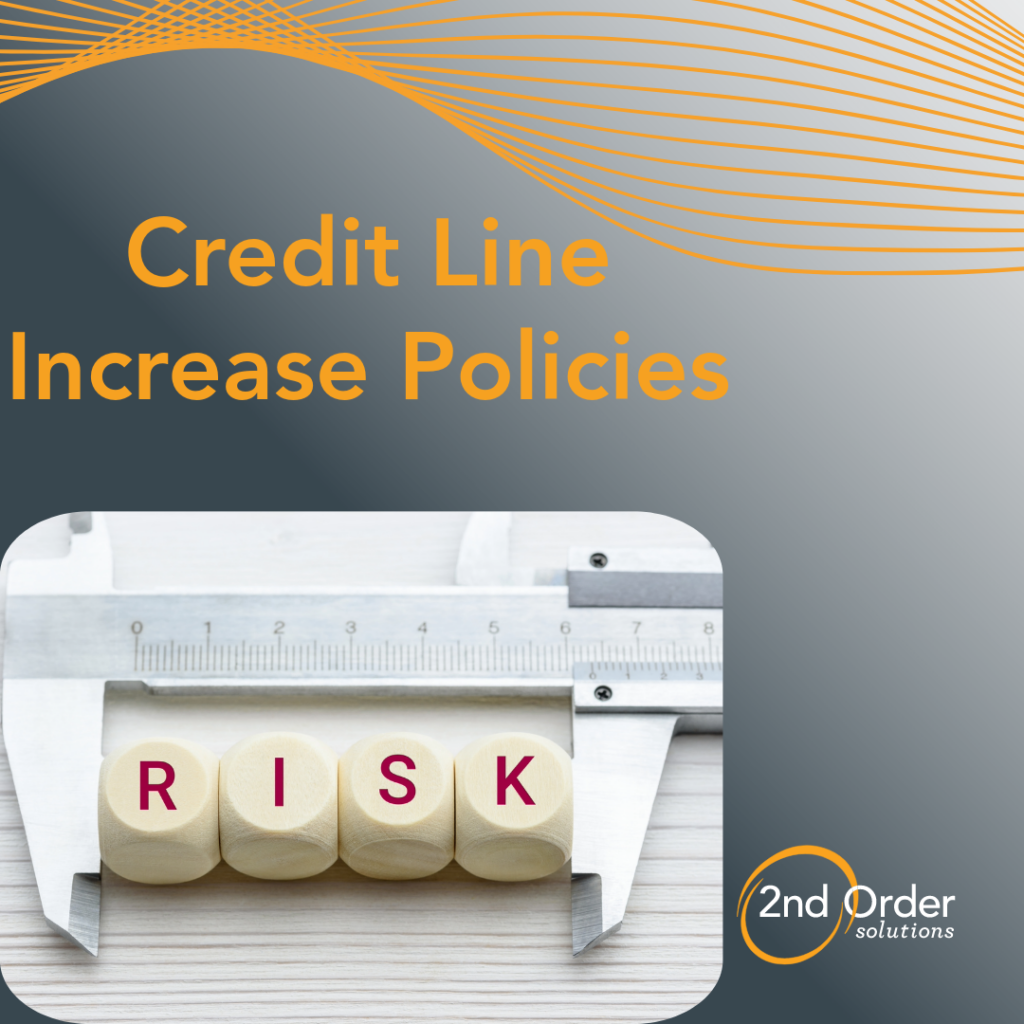
Credit Line Increase Policies
A mid-sized lender in the US approached 2OS to aid in the optimization of its current credit line increase (CLI) policy. Through an initial diagnostic and an analytic deep-dive, 2OS developed several tests and new CLI programs for the client to implement in order to continue its high growth rate.
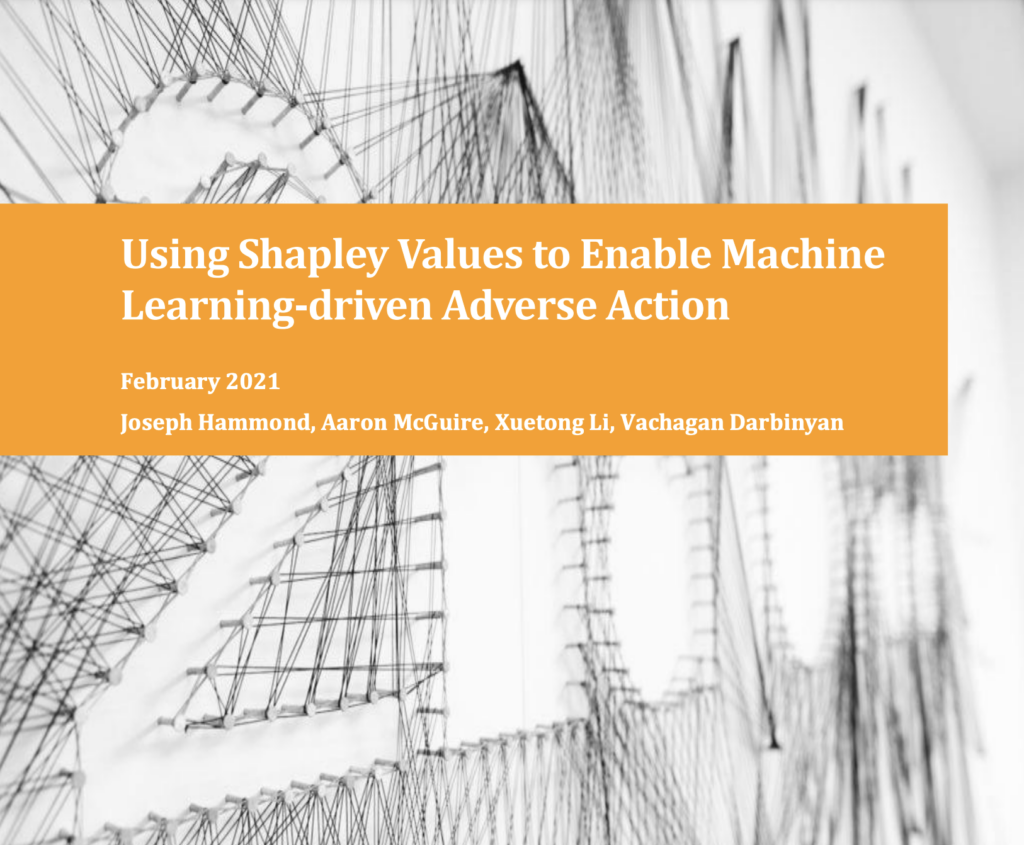
Using Shapley Values to Enable Machine Learning-driven Adverse Action
This paper lays out best practices we have developed to better leverage Shapley values in enabling ML model deployment in credit issuance. Through a variety of analyses and comparisons to existing Adverse Action methodology, we demonstrate how Shapley values can be used to satisfy the Adverse Action requirements and break down a common barrier that lenders face in adopting more sophisticated ML models.
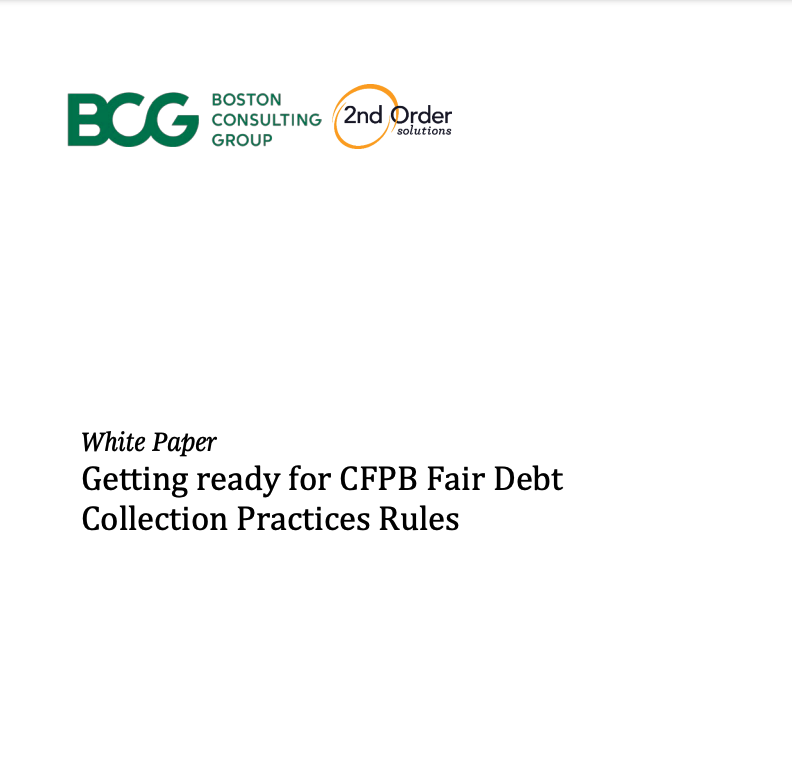
Getting ready for CFPB Fair Debt Collection Practices Rules
Written in partnership with BCG, this paper examines the changes to the Consumer Financial Protection Bureau (CFPB) regulations around Debt Collection, and offers some tips on the implications they will have on the industry both over the next year and years to come.
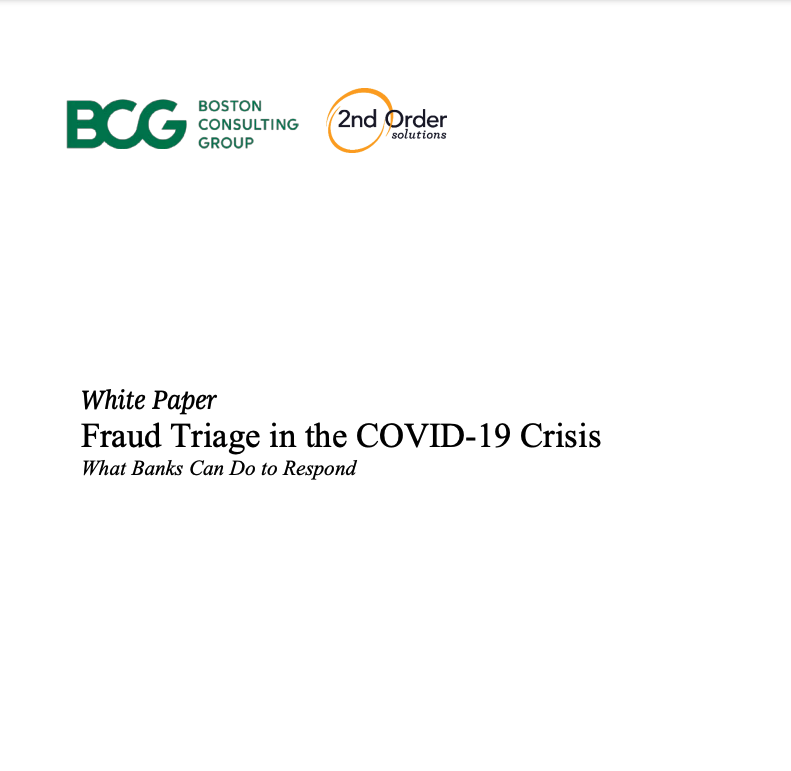
Fraud Triage in the COVID-19 Crisis
Working with our consulting partners at Boston Consulting Group, this paper deep dives into how COVID-19 related shifts in consumer behavior and purchasing patterns have exposed new fraud vulnerabilities and what lenders must do to protect themselves in the current economic environment.
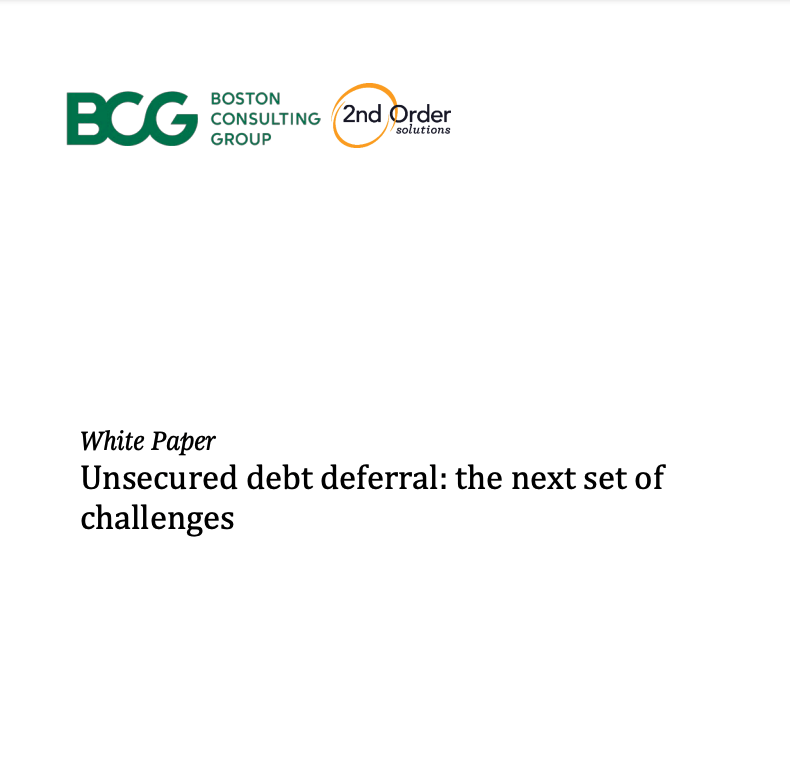
Unsecured Debt Deferral: The Next Set of Challenges
Written with our colleagues at BCG, this paper explores how unsecured loan delinquencies are down and call centers are overstaffed during the worst unemployment and public health crisis of our lifetime; and deep dives into managing the loan deferral programs that are keeping millions of customers current on their loans.
Interested in collaborating with us?
Send us an email at staff@2os.com or fill out our contact form.

